With Bob Labriola enjoying a summer break, we've gone through recent editions of Asked & Answered and selected a few memorable questions…and answers.
Bob returns to his normal schedule the week after next.
Let's get to it:
June 28
STONE KELLER FROM LANOKA HARBOR, NJ:
What is your favorite moment of Ben Roethlisberger's career?
**
Take a look at some of the greatest photographs from the career of Steelers QB Ben Roethlisberger

The best photographs from the career of Pittsburgh Steelers QB Ben Roethlisberger

The best photographs from the career of Pittsburgh Steelers QB Ben Roethlisberger

The best photographs from the career of Pittsburgh Steelers QB Ben Roethlisberger

The best photographs from the career of Pittsburgh Steelers QB Ben Roethlisberger

The best photographs from the career of Pittsburgh Steelers QB Ben Roethlisberger

The best photographs from the career of Pittsburgh Steelers QB Ben Roethlisberger

The best photographs from the career of Pittsburgh Steelers QB Ben Roethlisberger
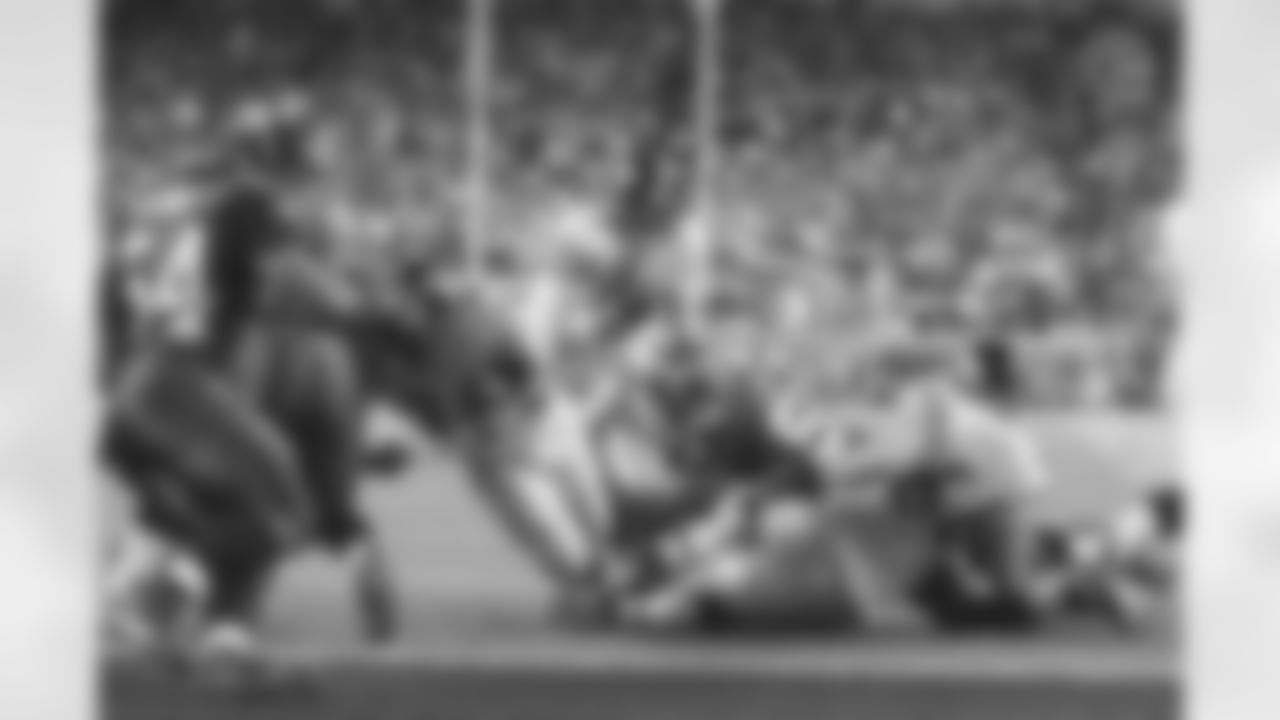
The best photographs from the career of Pittsburgh Steelers QB Ben Roethlisberger
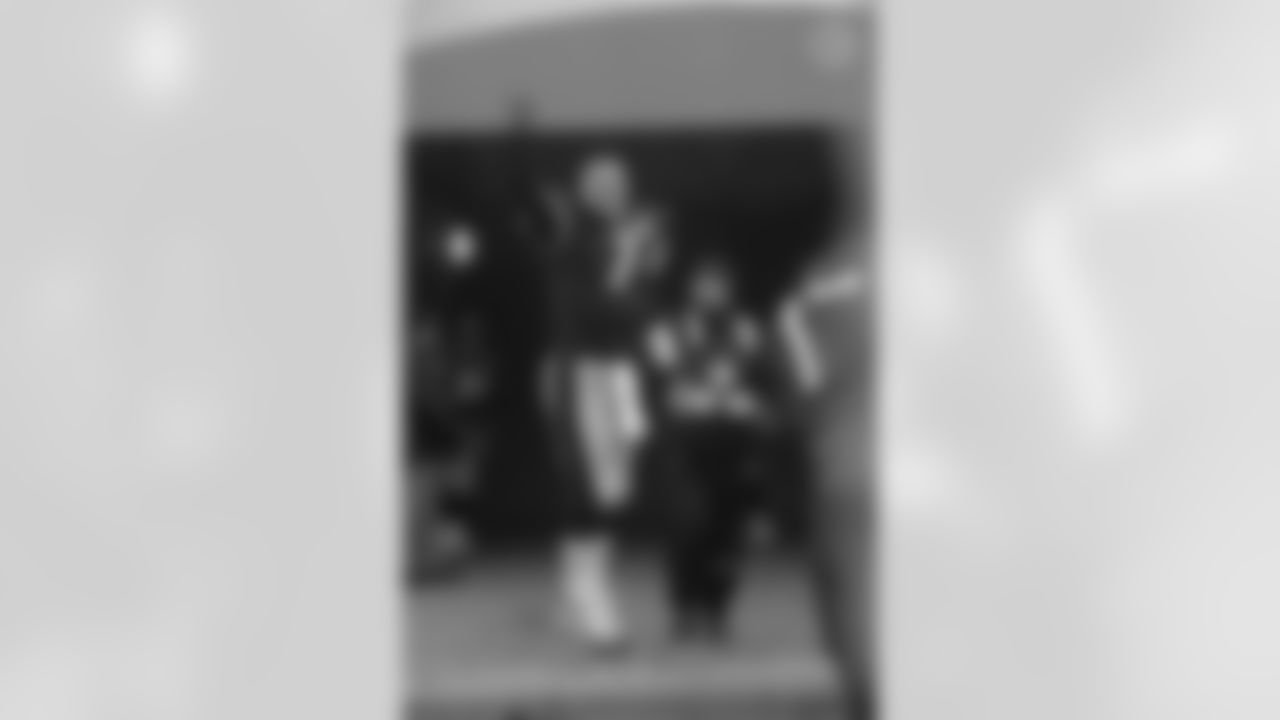
The best photographs from the career of Pittsburgh Steelers QB Ben Roethlisberger
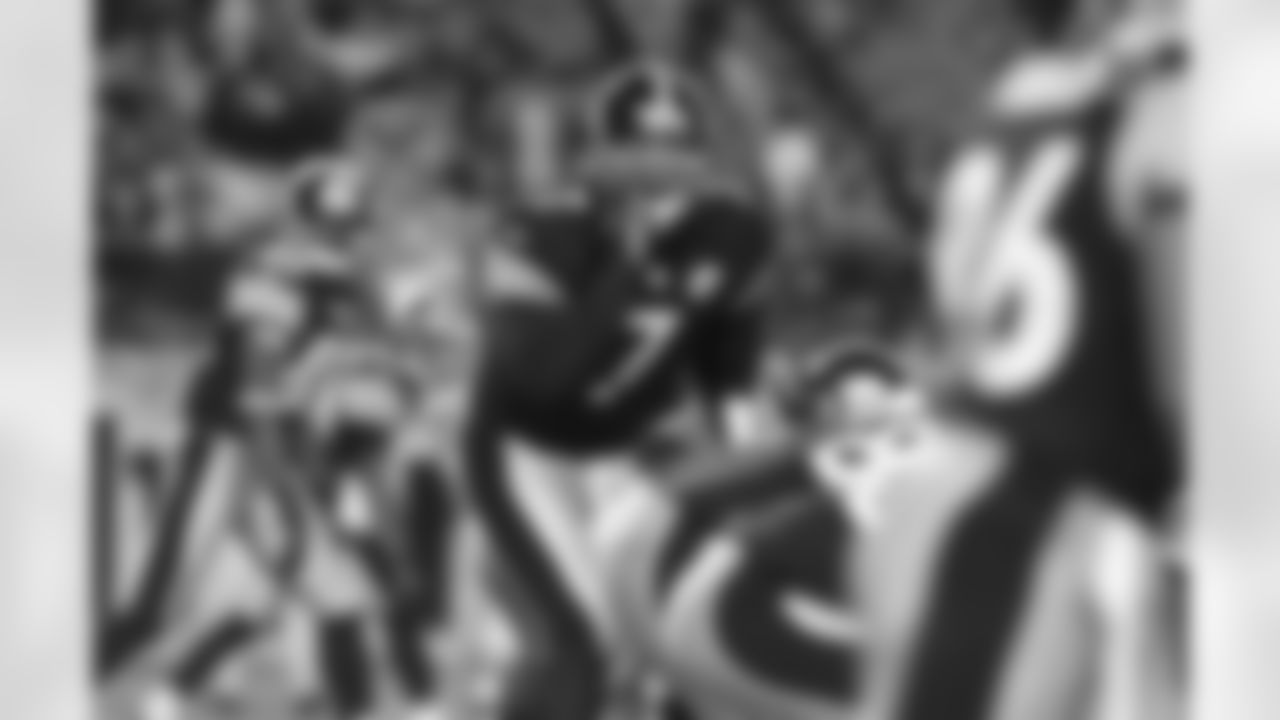
The best photographs from the career of Pittsburgh Steelers QB Ben Roethlisberger
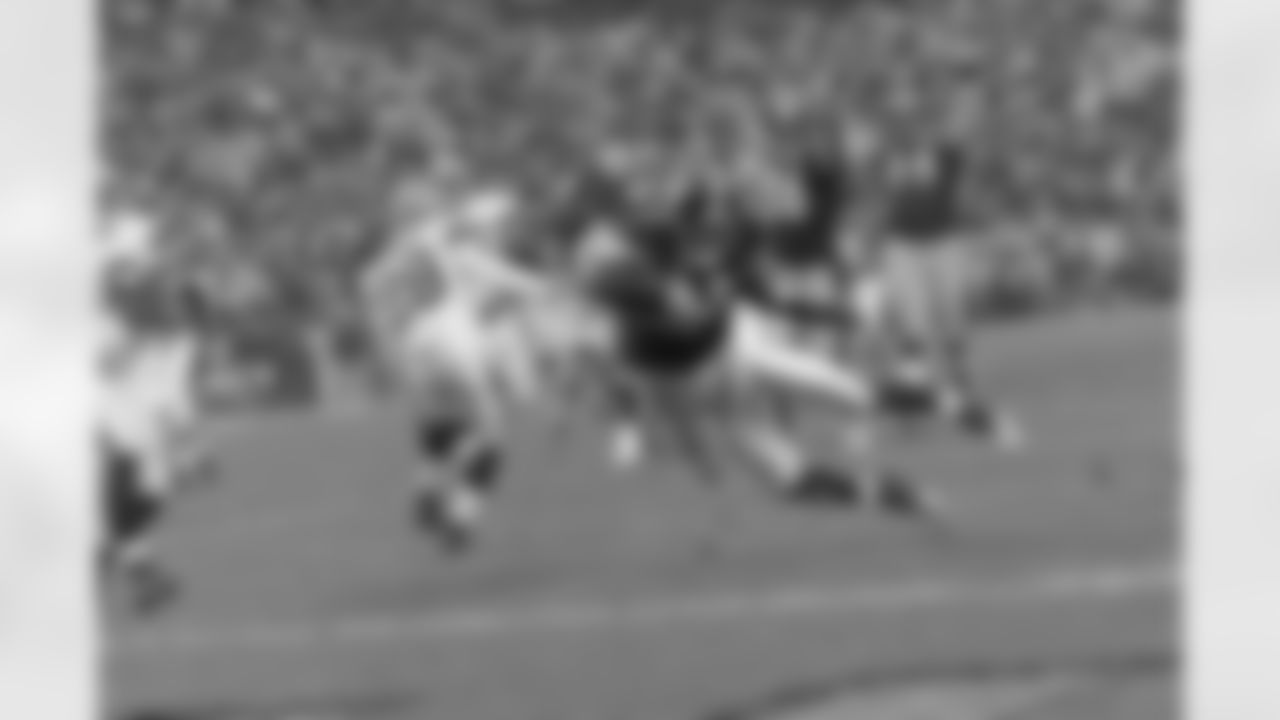
The best photographs from the career of Pittsburgh Steelers QB Ben Roethlisberger
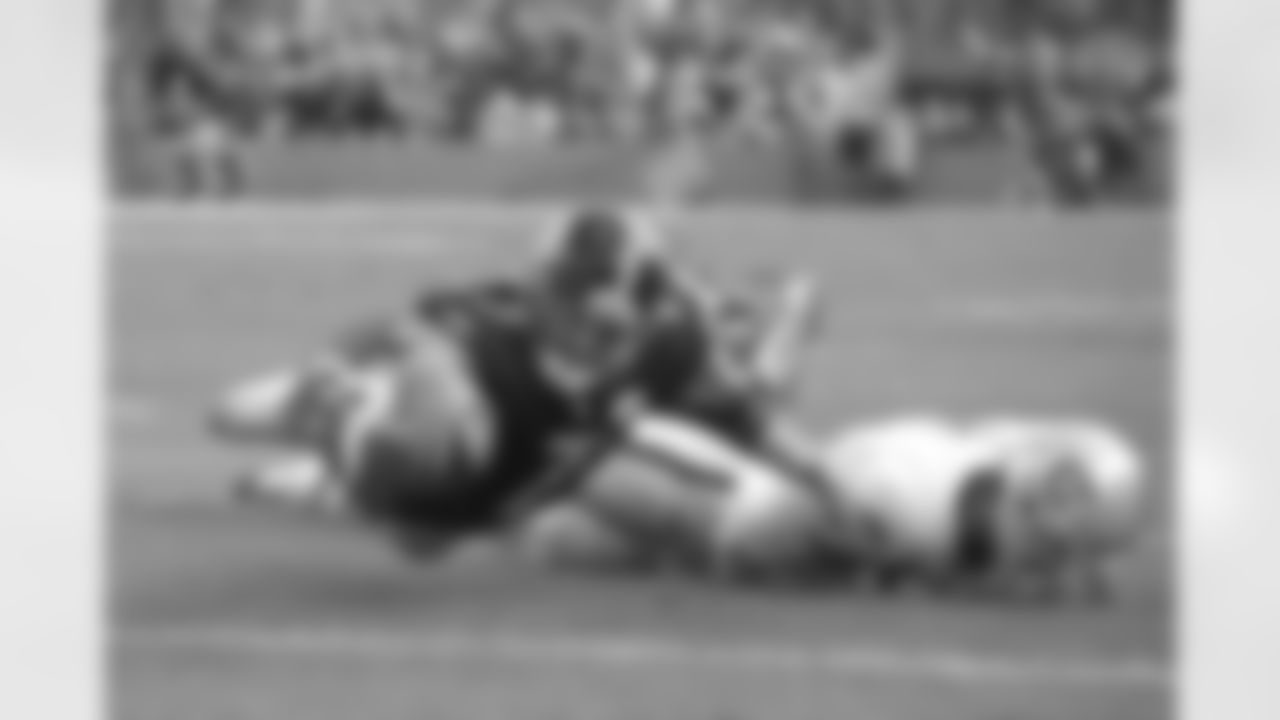
The best photographs from the career of Pittsburgh Steelers QB Ben Roethlisberger

The best photographs from the career of Pittsburgh Steelers QB Ben Roethlisberger

The best photographs from the career of Pittsburgh Steelers QB Ben Roethlisberger
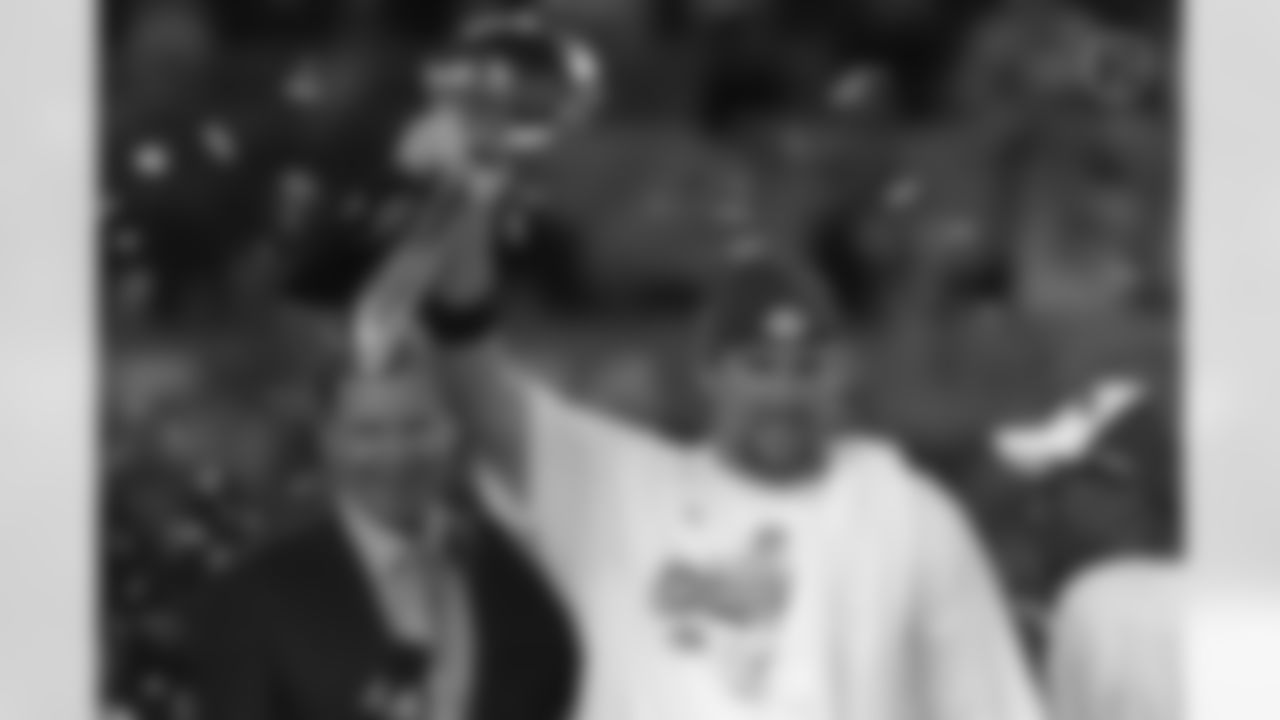
The best photographs from the career of Pittsburgh Steelers QB Ben Roethlisberger
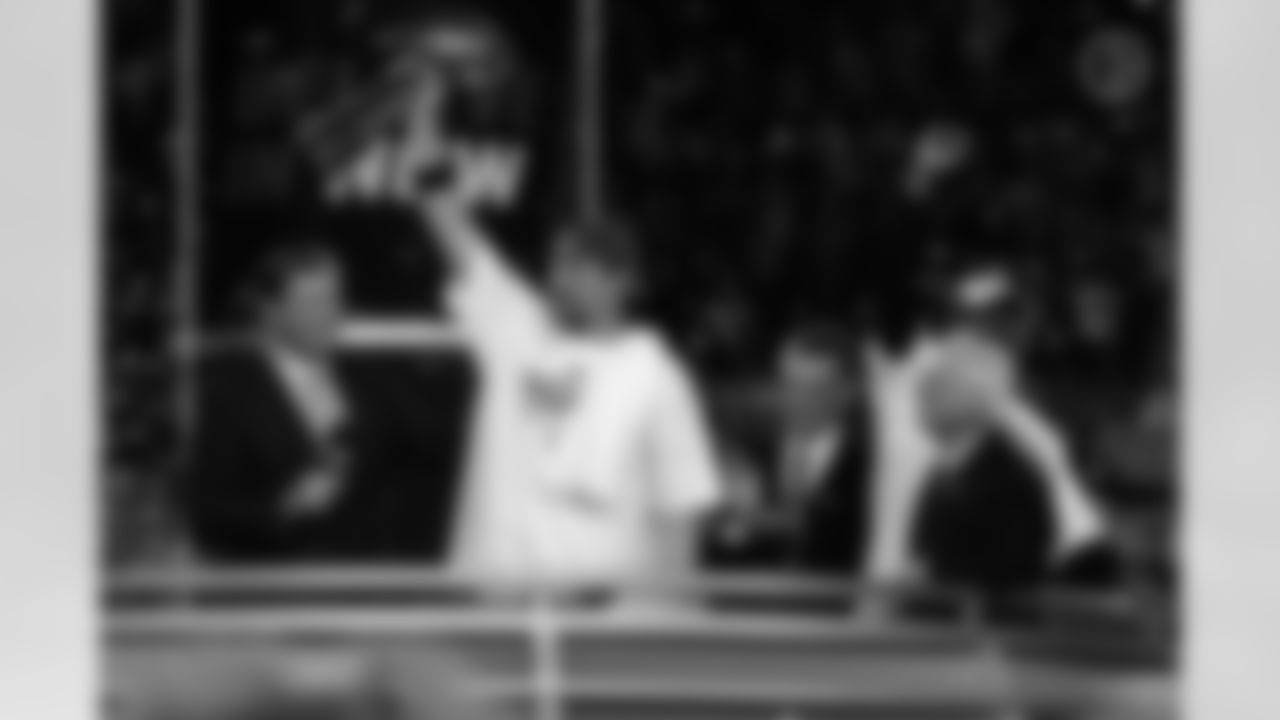
The best photographs from the career of Pittsburgh Steelers QB Ben Roethlisberger

The best photographs from the career of Pittsburgh Steelers QB Ben Roethlisberger
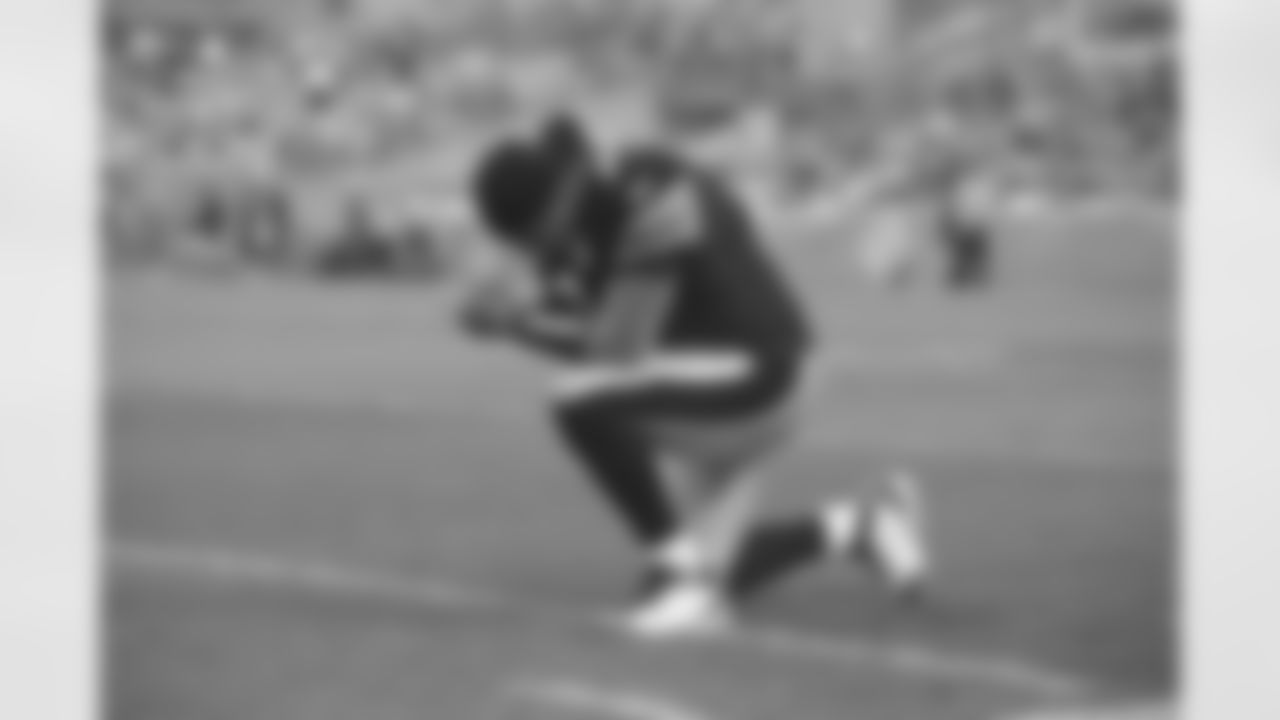
The best photographs from the career of Pittsburgh Steelers QB Ben Roethlisberger
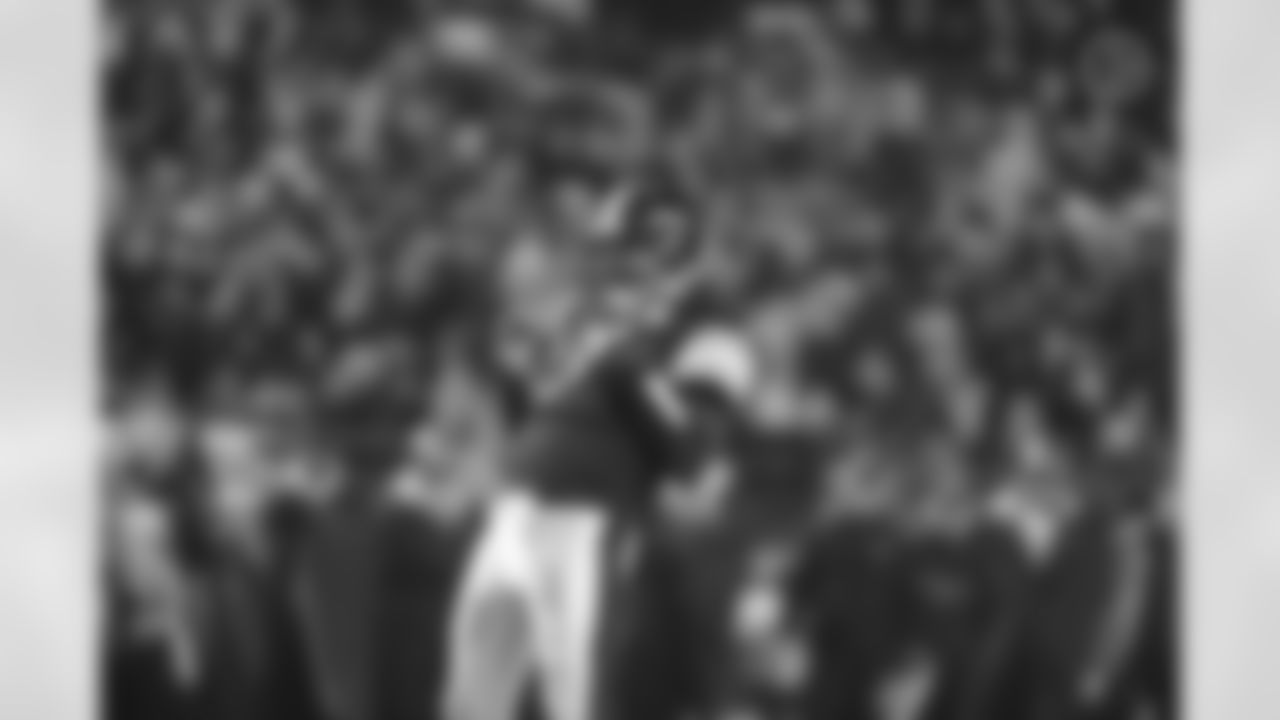
The best photographs from the career of Pittsburgh Steelers QB Ben Roethlisberger
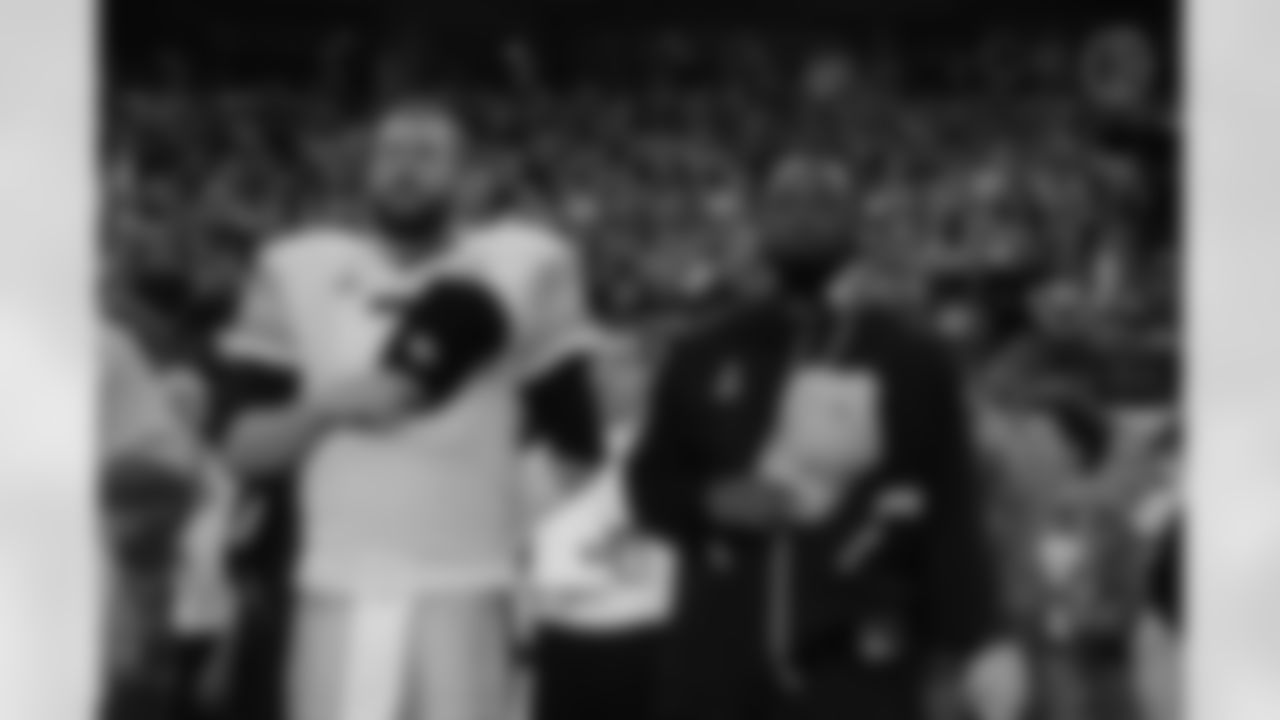
The best photographs from the career of Pittsburgh Steelers QB Ben Roethlisberger
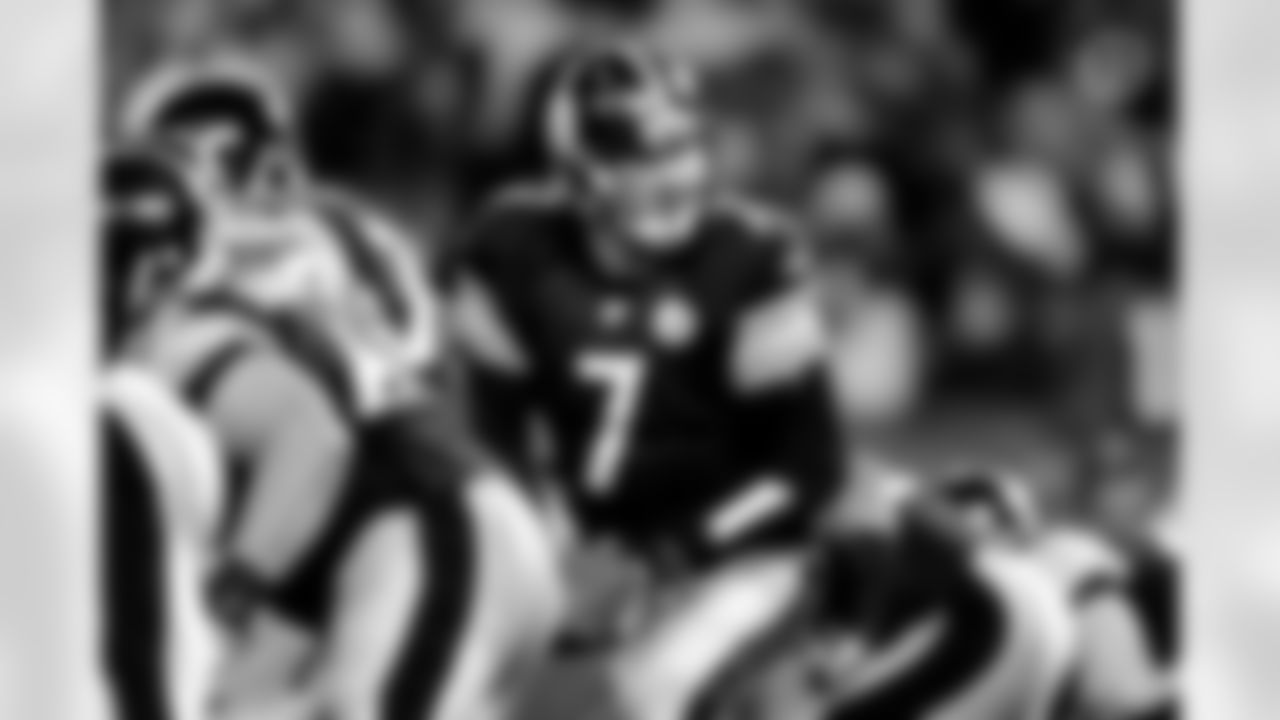
The best photographs from the career of Pittsburgh Steelers QB Ben Roethlisberger

The best photographs from the career of Pittsburgh Steelers QB Ben Roethlisberger

The best photographs from the career of Pittsburgh Steelers QB Ben Roethlisberger

The best photographs from the career of Pittsburgh Steelers QB Ben Roethlisberger
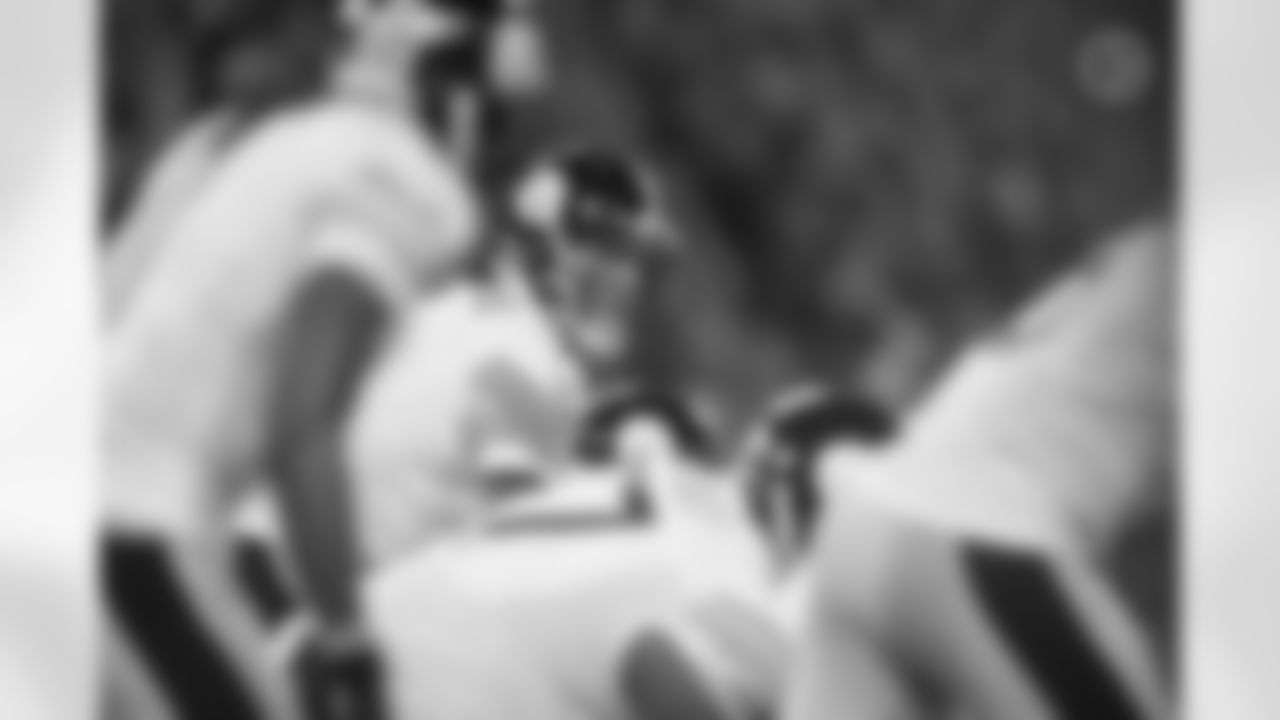
The best photographs from the career of Pittsburgh Steelers QB Ben Roethlisberger
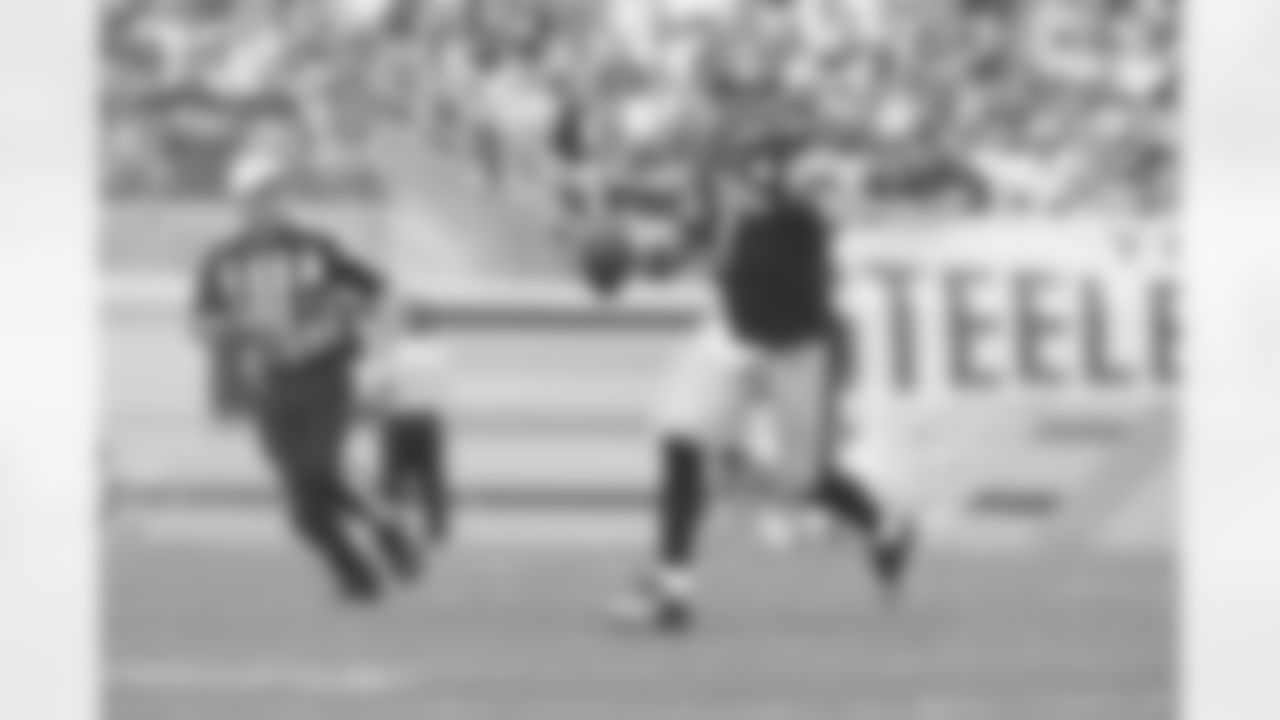
The best photographs from the career of Pittsburgh Steelers QB Ben Roethlisberger
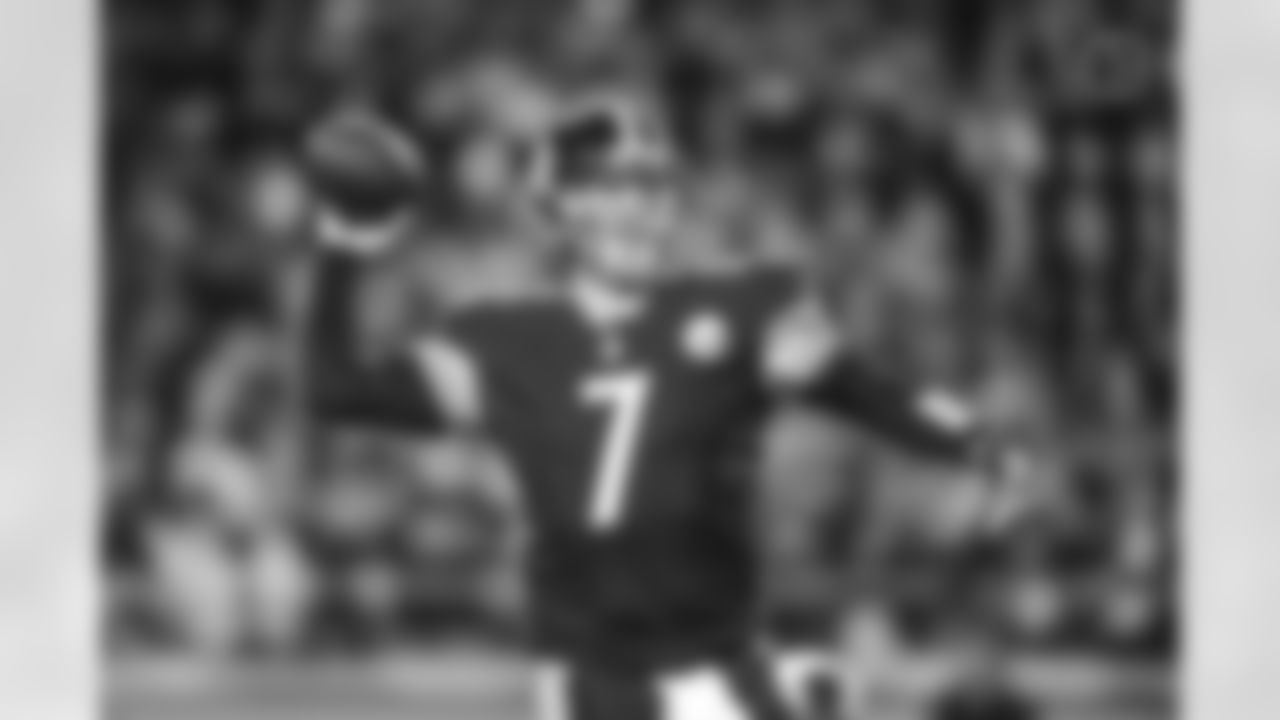
The best photographs from the career of Pittsburgh Steelers QB Ben Roethlisberger

The best photographs from the career of Pittsburgh Steelers QB Ben Roethlisberger

The best photographs from the career of Pittsburgh Steelers QB Ben Roethlisberger
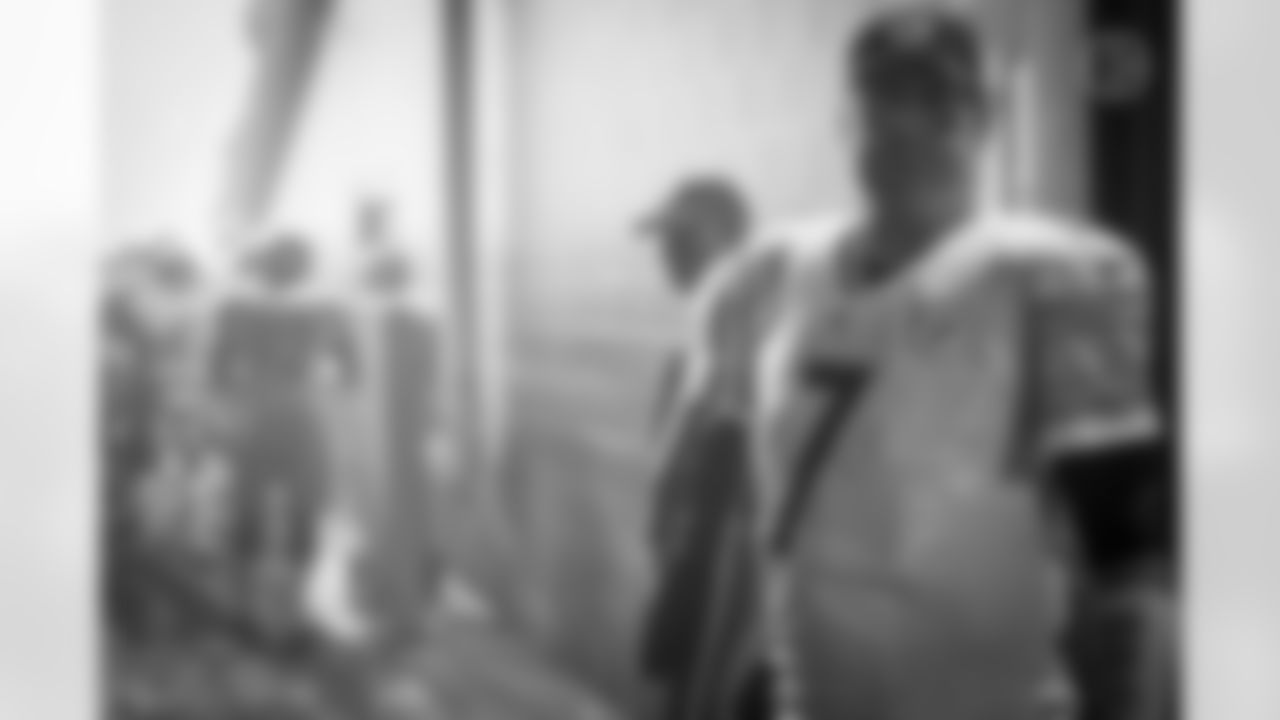
The best photographs from the career of Pittsburgh Steelers QB Ben Roethlisberger

The best photographs from the career of Pittsburgh Steelers QB Ben Roethlisberger
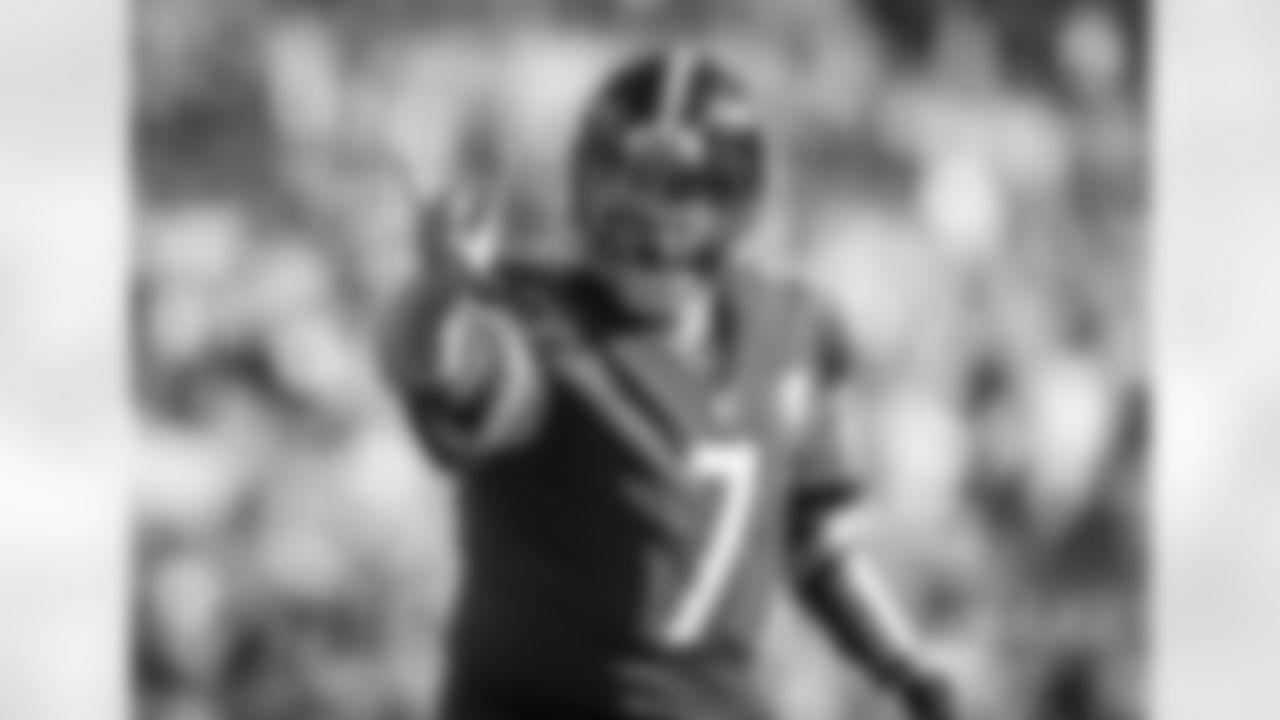
The best photographs from the career of Pittsburgh Steelers QB Ben Roethlisberger
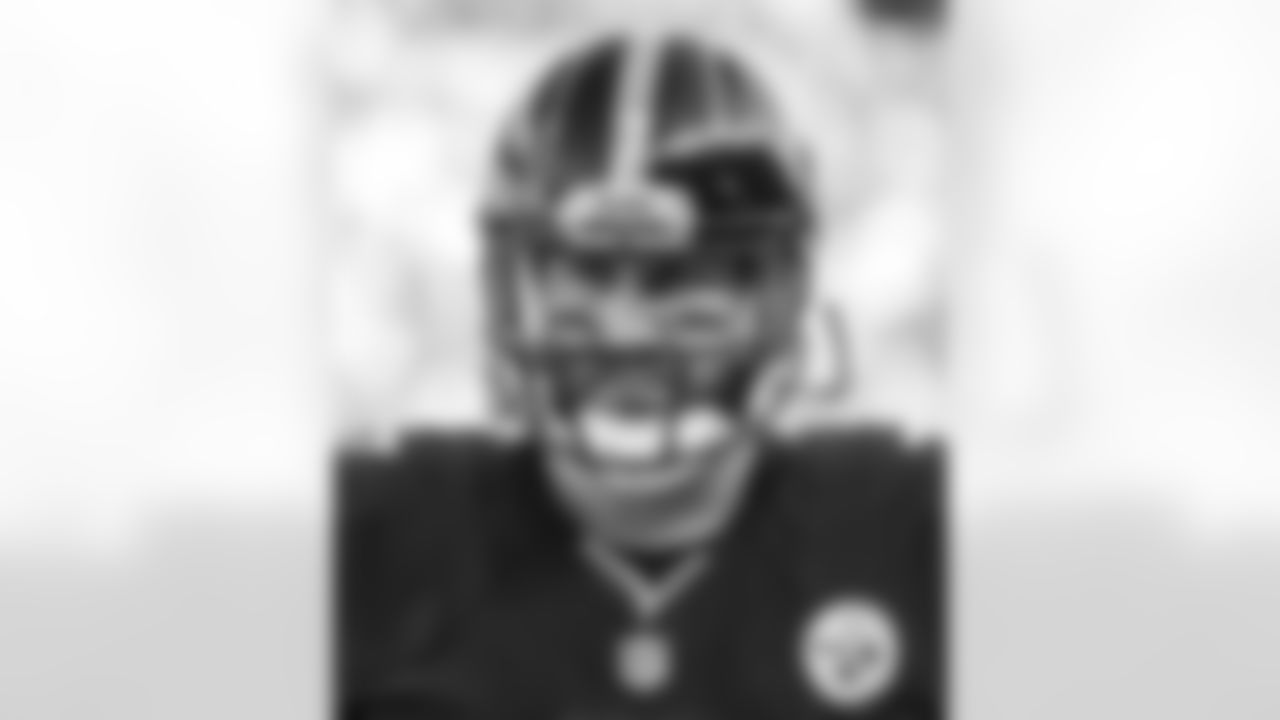
The best photographs from the career of Pittsburgh Steelers QB Ben Roethlisberger
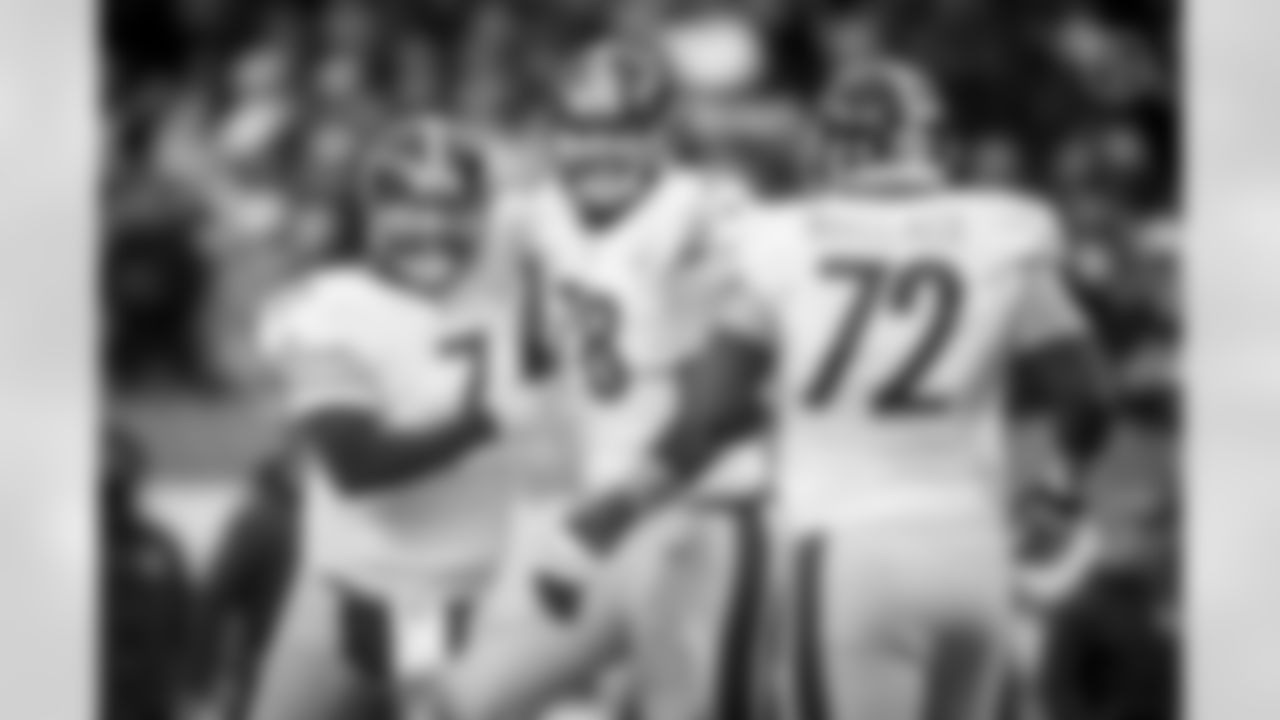
The best photographs from the career of Pittsburgh Steelers QB Ben Roethlisberger

The best photographs from the career of Pittsburgh Steelers QB Ben Roethlisberger
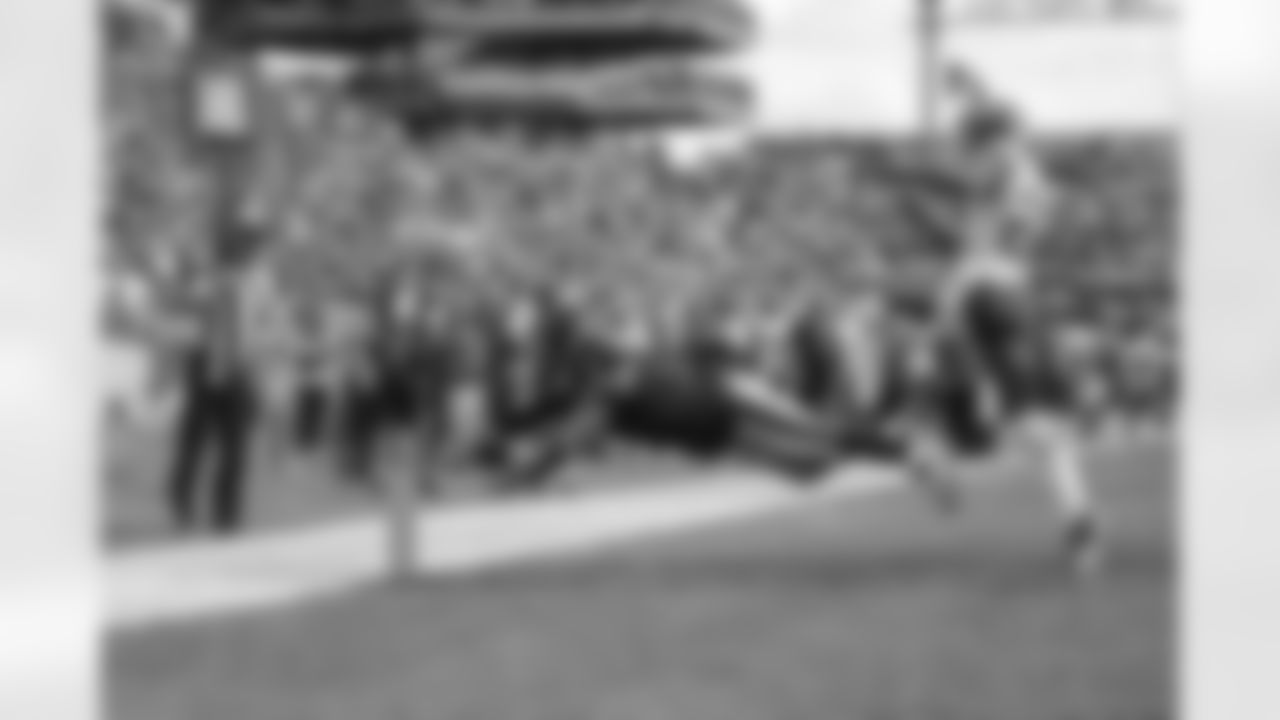
The best photographs from the career of Pittsburgh Steelers QB Ben Roethlisberger

The best photographs from the career of Pittsburgh Steelers QB Ben Roethlisberger

The best photographs from the career of Pittsburgh Steelers QB Ben Roethlisberger

The best photographs from the career of Pittsburgh Steelers QB Ben Roethlisberger

The best photographs from the career of Pittsburgh Steelers QB Ben Roethlisberger

The best photographs from the career of Pittsburgh Steelers QB Ben Roethlisberger

The best photographs from the career of Pittsburgh Steelers QB Ben Roethlisberger
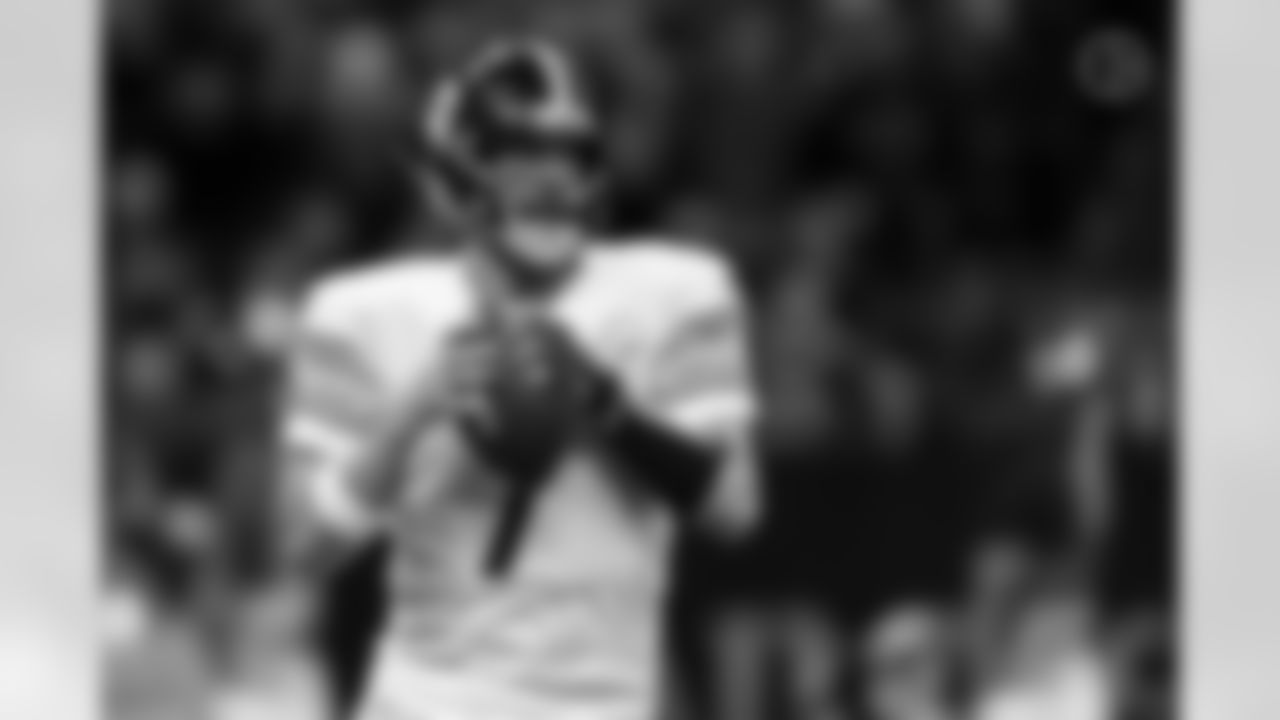
The best photographs from the career of Pittsburgh Steelers QB Ben Roethlisberger

The best photographs from the career of Pittsburgh Steelers QB Ben Roethlisberger
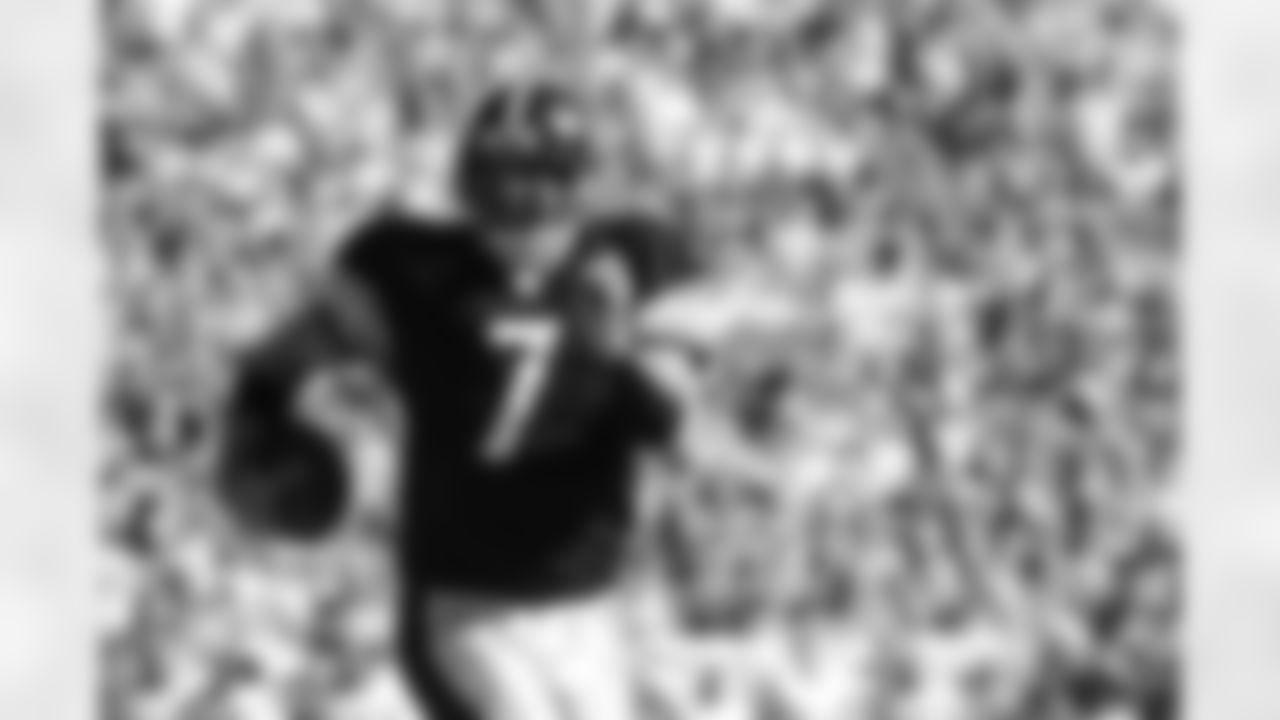
The best photographs from the career of Pittsburgh Steelers QB Ben Roethlisberger
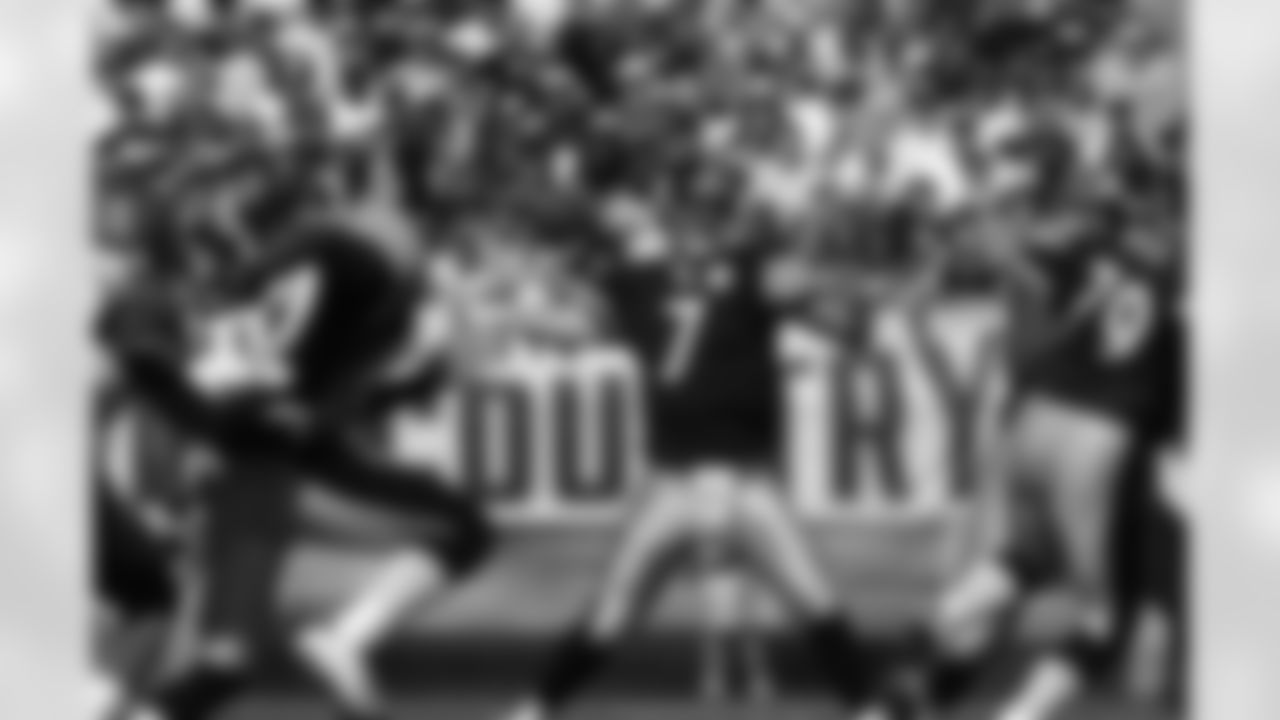
The best photographs from the career of Pittsburgh Steelers QB Ben Roethlisberger

The best photographs from the career of Pittsburgh Steelers QB Ben Roethlisberger
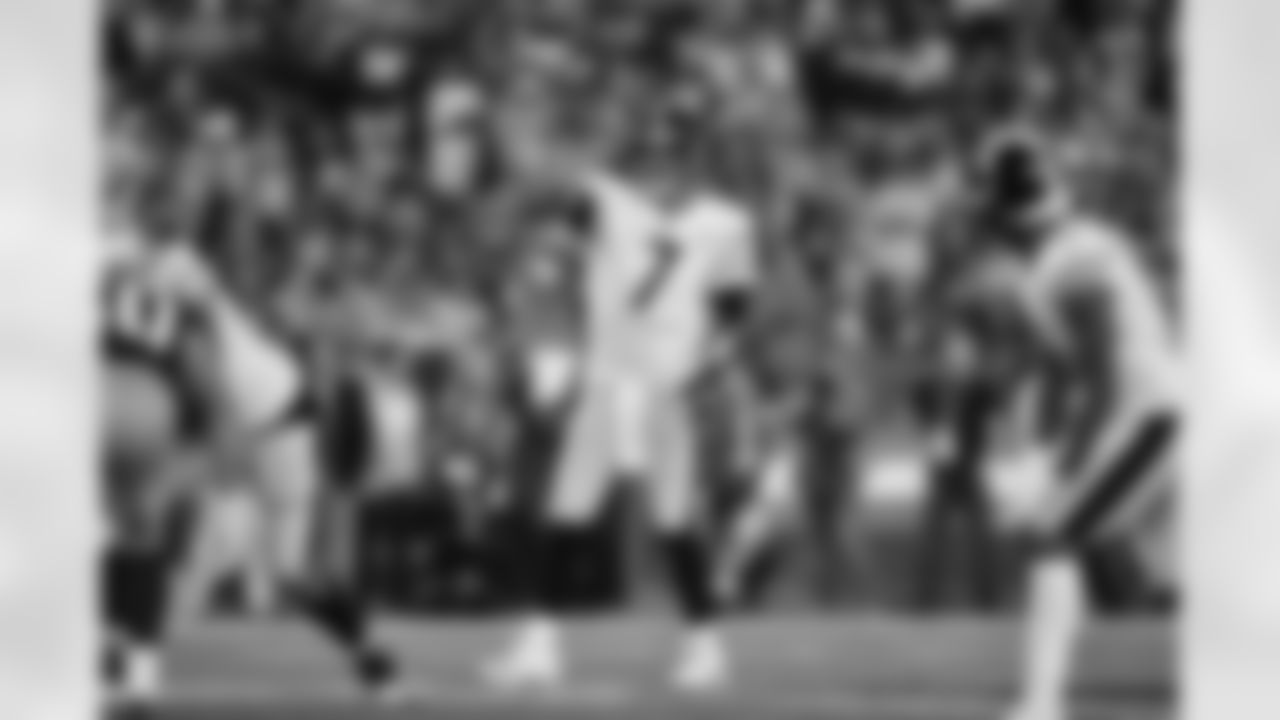
The best photographs from the career of Pittsburgh Steelers QB Ben Roethlisberger

The best photographs from the career of Pittsburgh Steelers QB Ben Roethlisberger

The best photographs from the career of Pittsburgh Steelers QB Ben Roethlisberger

The best photographs from the career of Pittsburgh Steelers QB Ben Roethlisberger
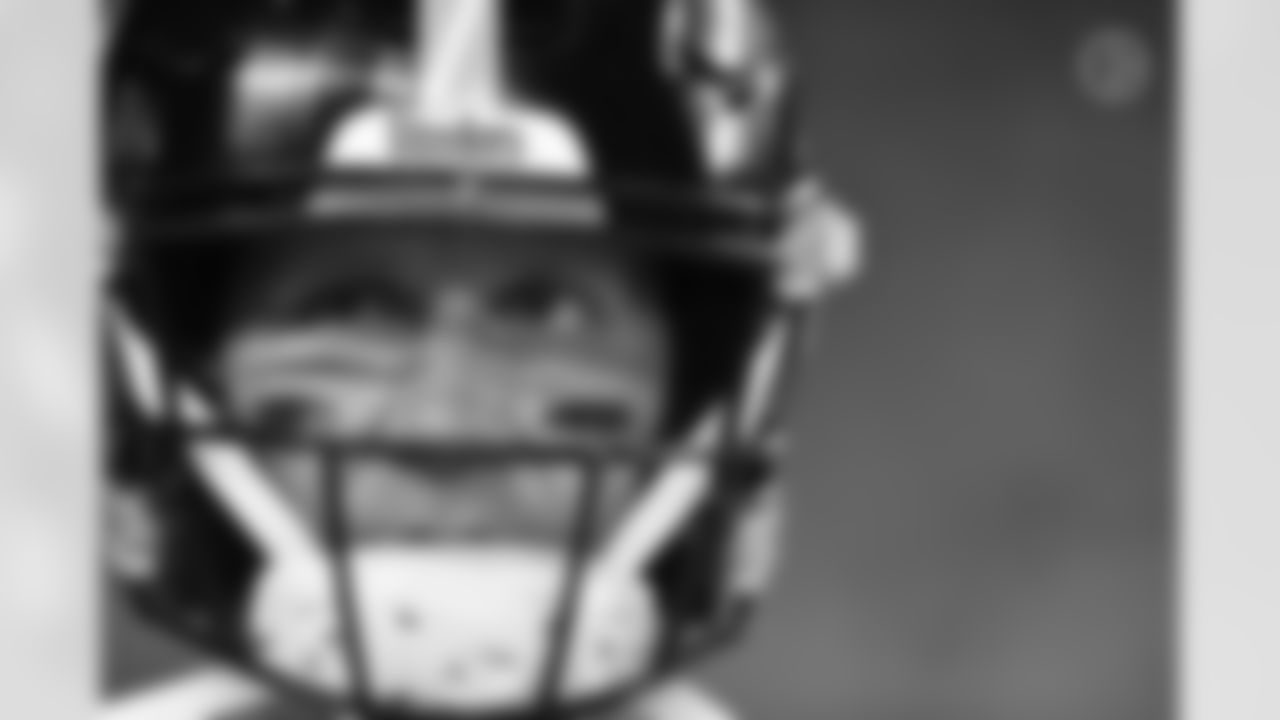
The best photographs from the career of Pittsburgh Steelers QB Ben Roethlisberger

The best photographs from the career of Pittsburgh Steelers QB Ben Roethlisberger

The best photographs from the career of Pittsburgh Steelers QB Ben Roethlisberger
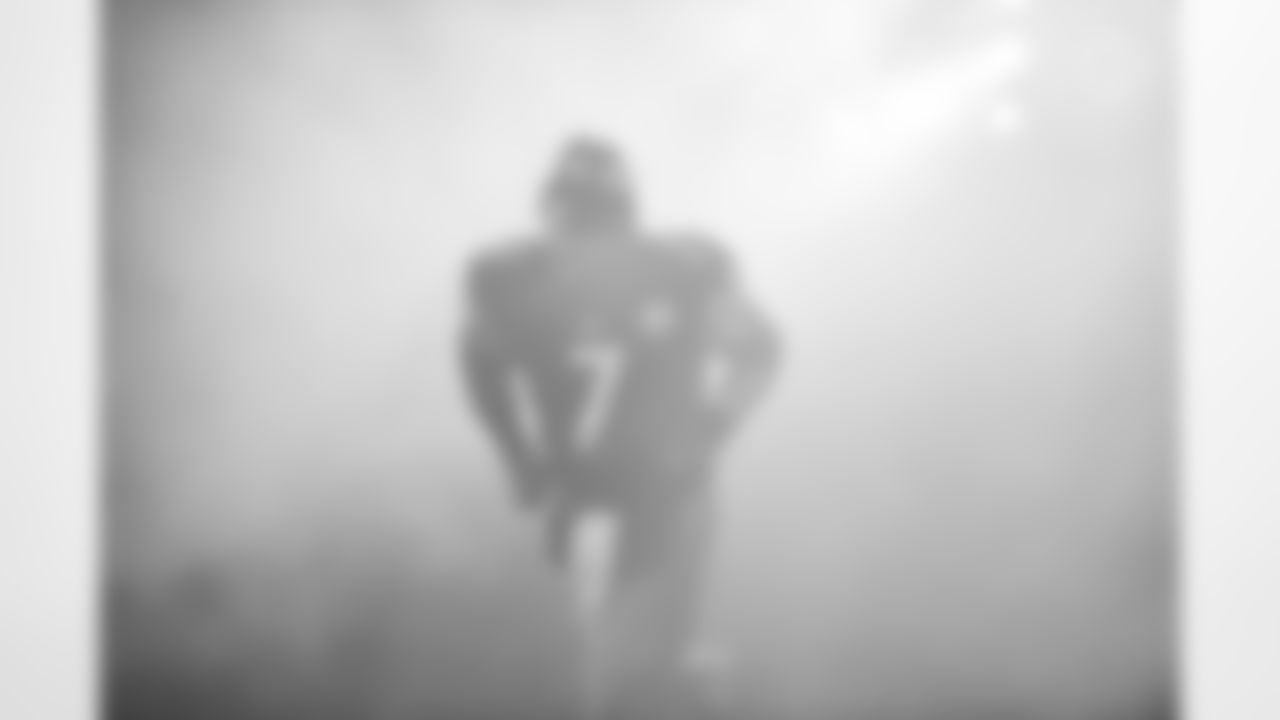
The best photographs from the career of Pittsburgh Steelers QB Ben Roethlisberger

The best photographs from the career of Pittsburgh Steelers QB Ben Roethlisberger

The best photographs from the career of Pittsburgh Steelers QB Ben Roethlisberger
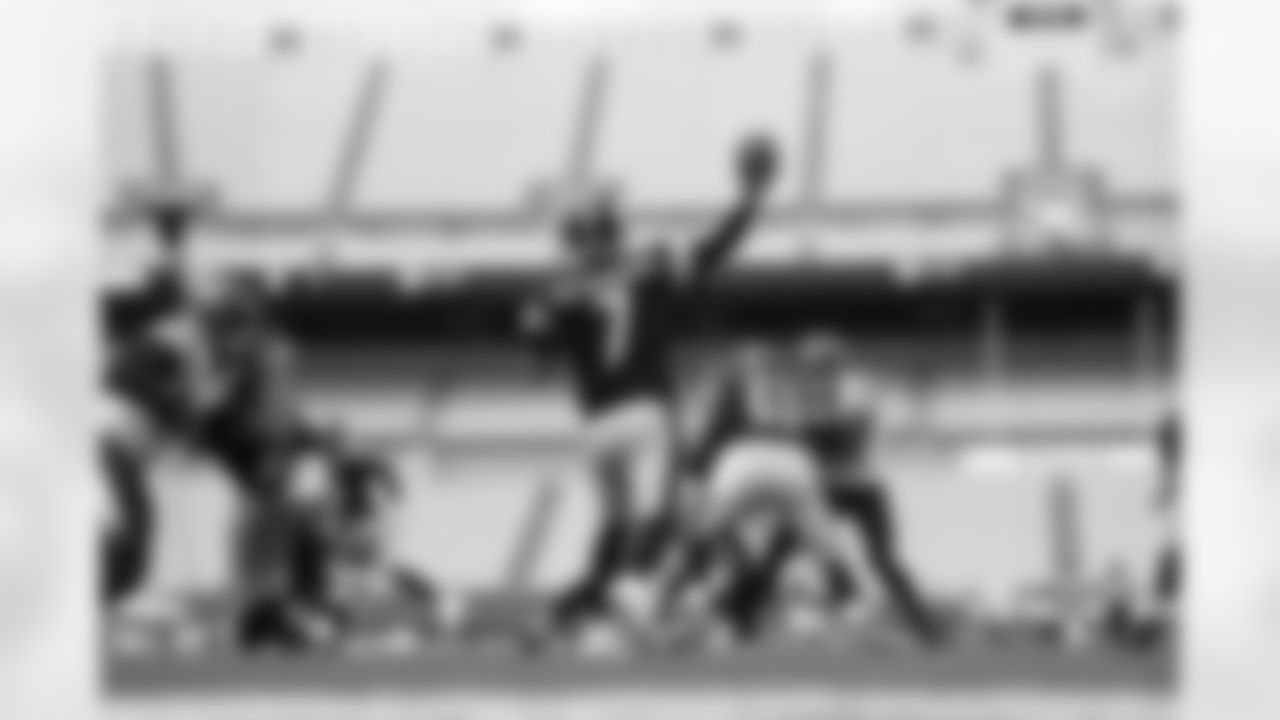
The best photographs from the career of Pittsburgh Steelers QB Ben Roethlisberger
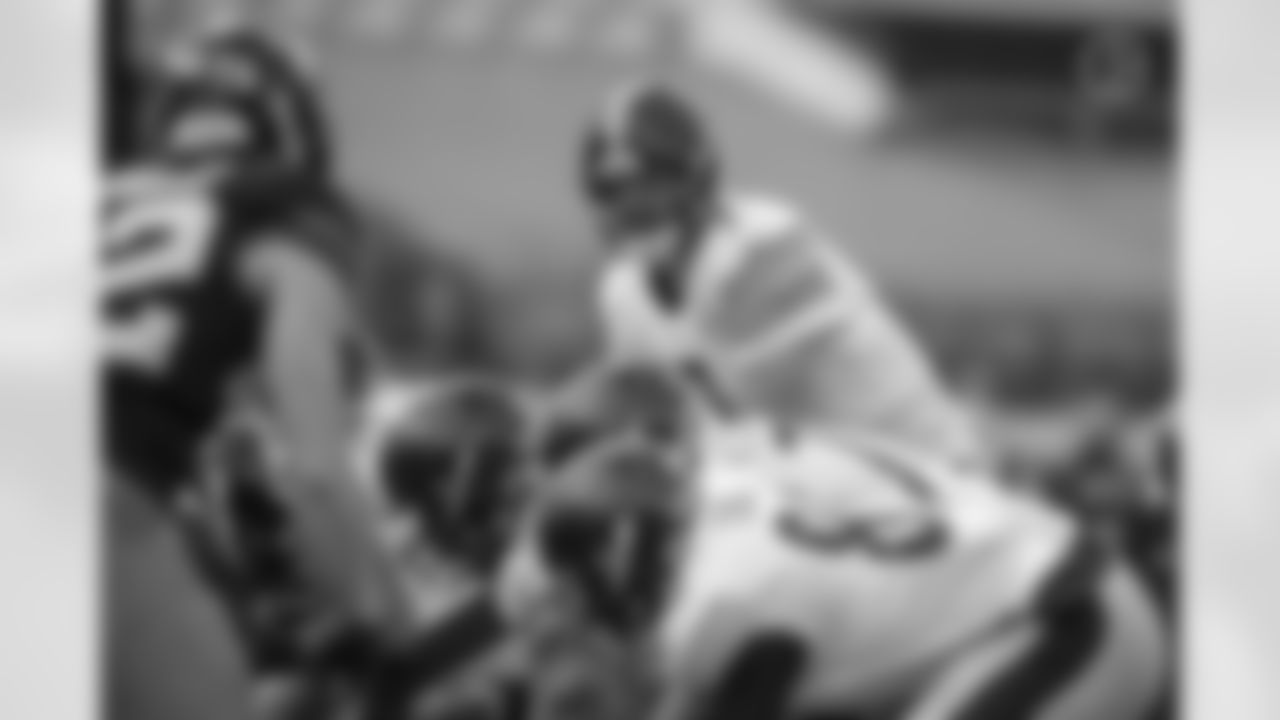
The best photographs from the career of Pittsburgh Steelers QB Ben Roethlisberger
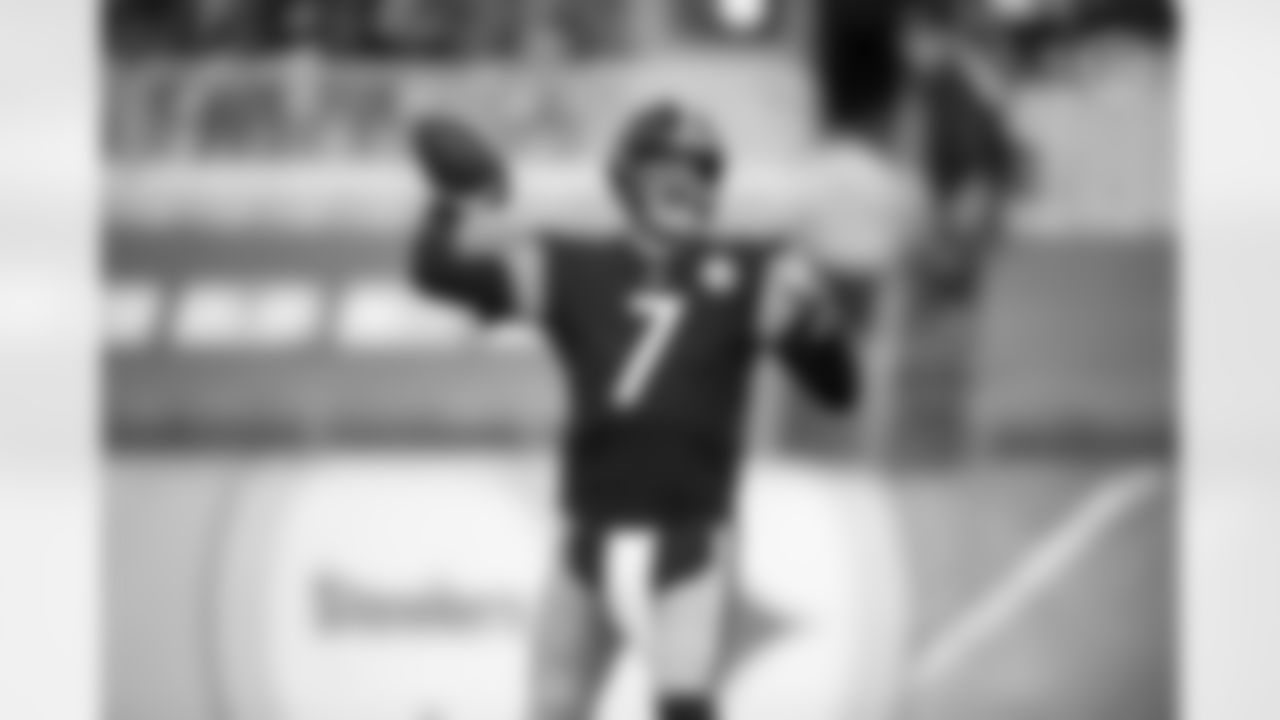
The best photographs from the career of Pittsburgh Steelers QB Ben Roethlisberger
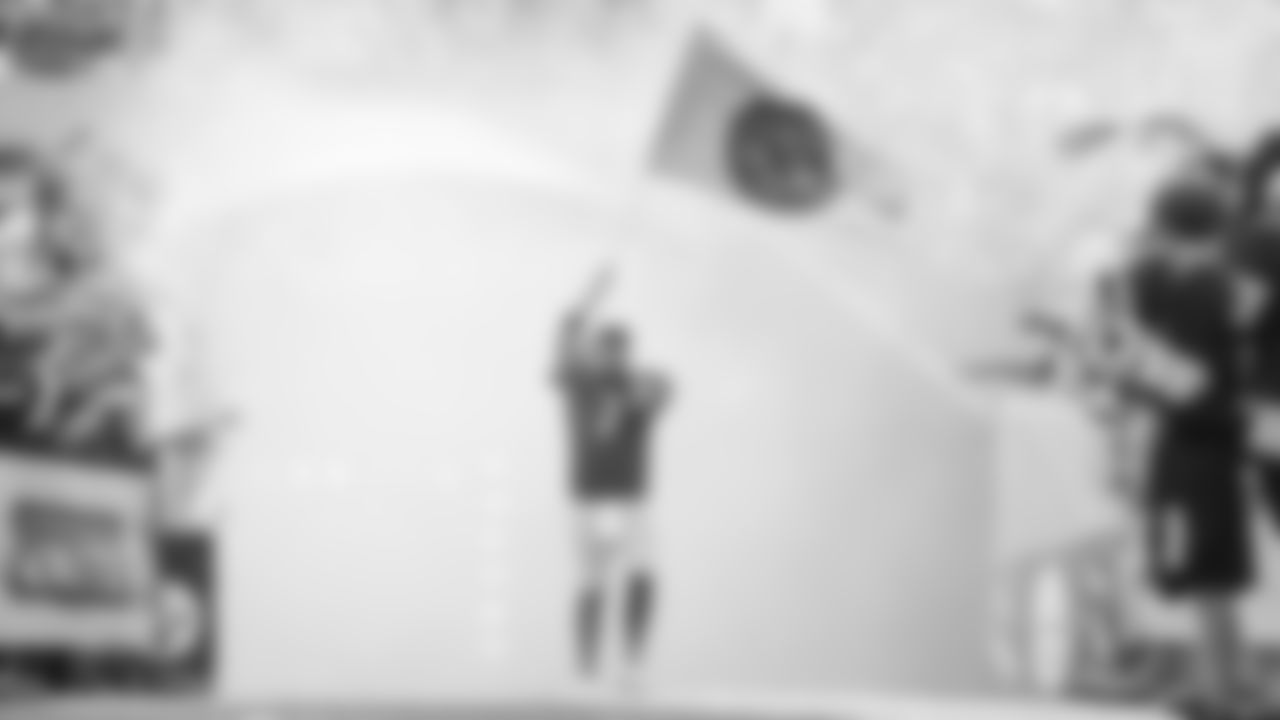
Take a look at some of the greatest photographs from the career of Steelers QB Ben Roethlisberger
ANSWER: I'm going to give you two physical acts I witnessed first-hand, and then something he said that for me reflected the competitiveness of a true franchise quarterback.**
It was Ben Roethlisberger's rookie training camp, in 2004, during a Saturday afternoon practice. In an 11-on-11 team passing drill, Roethlisberger was the No. 3 quarterback at that stage and was on the field with others of the same stature. The pass rush forced him out of the pocket – even though there is no tackling the quarterback – and broke into a sprint toward the right sideline where I was standing with Tunch Ilkin. On a dead run, Roethlisberger fired the ball back to the middle of the field, about 25 yards beyond the original line of scrimmage, and he hit a free agent receiver named Zamir Cobb right in the chest as he was crossing the field from the far sideline in a dead sprint himself. I looked at Tunch, and he looked back and said, "Brett Favre."
Fast-forward to Super Bowl XLIII. The whole game-winning drive was special, but the throw Roethlisberger made to Santonio Holmes for the touchdown – on a play immediately after Holmes had dropped a similarly perfect throw on the other side of the field – was another example of his special physical gifts. It was the climax of a great season, but one that had the Steelers' offensive line criticized often for its role in Roethlisberger being sacked 54 times during the 20 games of the regular season and postseason. Less than an hour later after that pass to Holmes, Roethlisberger stood on the podium where the Lombardi Trophy had been presented to the Steelers by Commissioner Roger Goodell, and the first words out of his mouth when handed the microphone to speak to the crowd at Raymond James Stadium and to those millions watching on television: "Whaddya think of our offensive line now?"
March 17
JOHN SALVATI FROM TEMECULA, CA:
Can a player pick the team he will represent in the Pro Football Hall of Fame? Kevin Greene played for several teams, but it would be nice if he goes in representing the Steelers.
ANSWER: I've answered this question a bunch of times already. It's Major League Baseball that puts a cap with a team's logo on the head of each inductee. The Pro Football Hall of Fame inducts people in three categories: player, coach, contributor. No team affiliation is depicted on the busts that go on to live in Canton, Ohio.
After being elected, Kevin Greene did say this to Steelers.com's Teresa Varley, "There is no way on God's green earth that I would be here at this point of my life if it wasn't for teammates like Rod Woodson, my hunting brother at linebacker Greg Lloyd, Levon Kirkland, Chad Brown, Jerry Olsavsky, Joel Steed, Darren Perry, and my brother Carnell Lake. And Steelers Nation, the fans I loved to play for. The entire Steelers organization and Mr. (Dan) Rooney, who was so good to me, are all so special. I wouldn't be here without those who invested in me and helped me along the way. I had eight really fine years with the Los Angeles Rams, but when I came to Pittsburgh, that organization, the coaching staff, the players I mentioned, they really kind of put me on the map. They put me on the stage."
March 3
See who has worn jersey No. 83 in Steelers history.

Dewey Brundage (54)

Kirk Hinderlider (54)
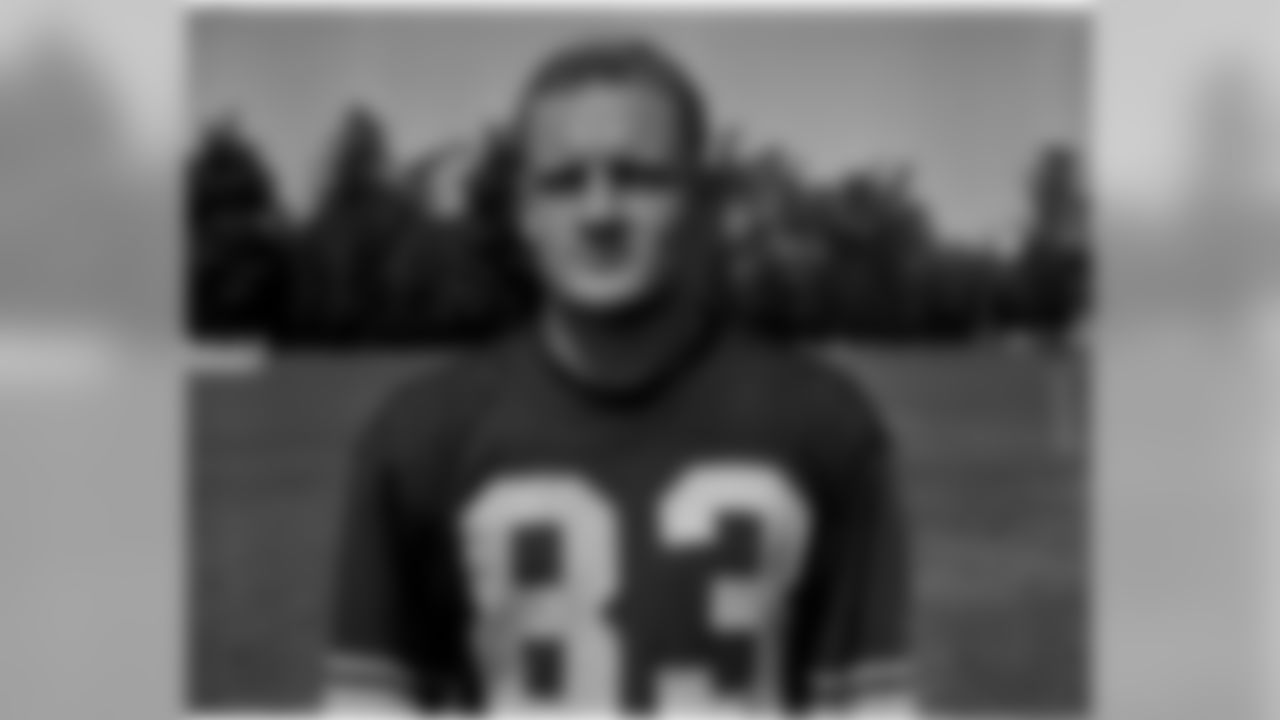
Kirk Hinderlider (54)
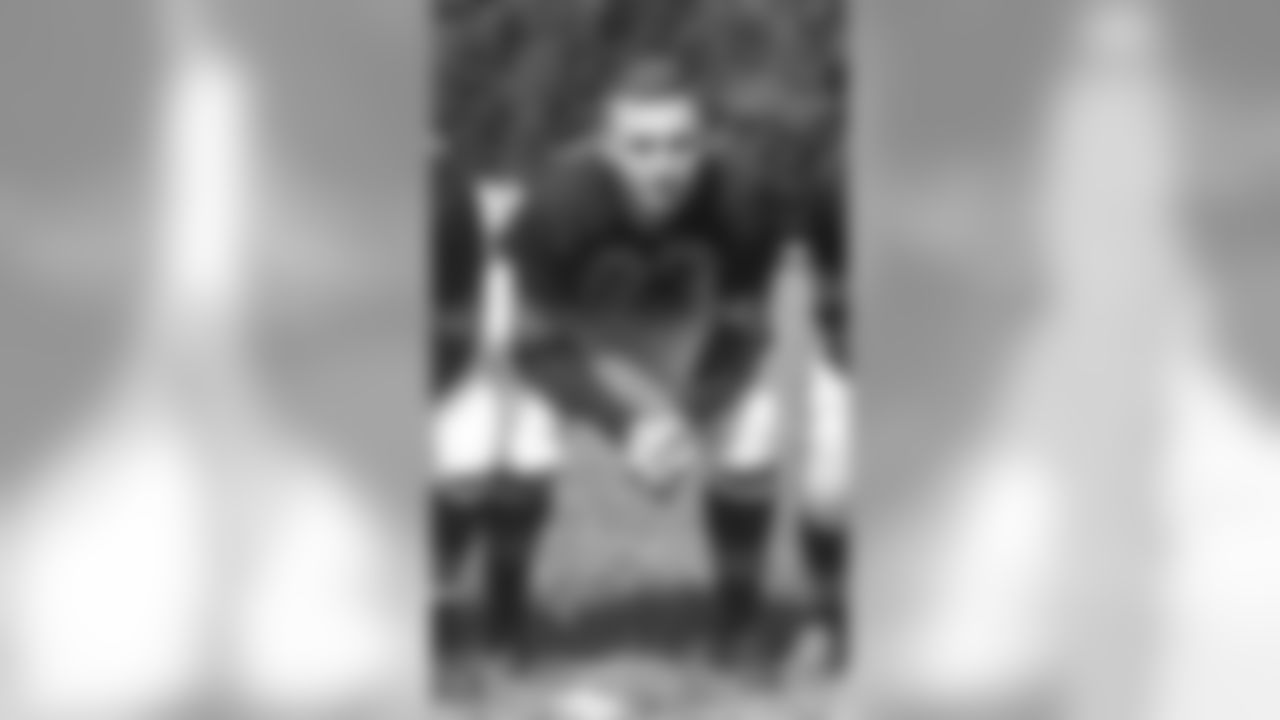
Ed Burnet (55,58)

fred Glatz (56)
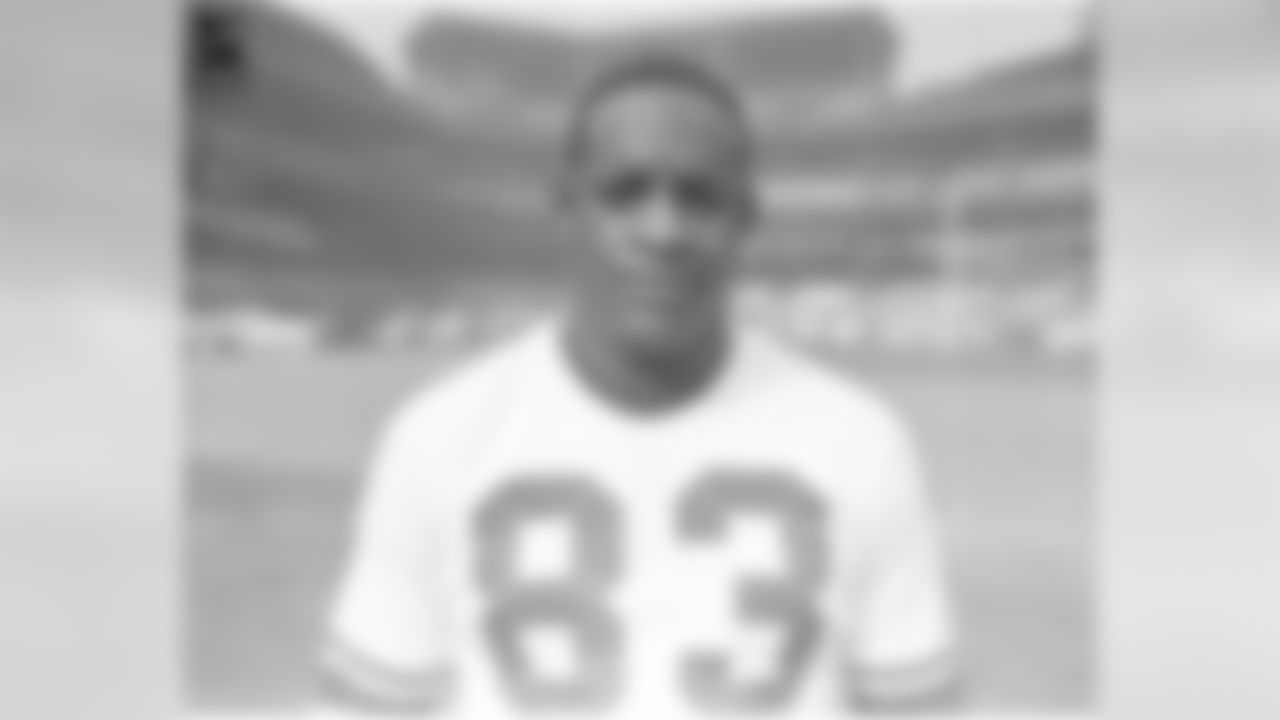
John Nisby (57)

John Nisby (57)

Dick Lucas (59)

Dick Lucas (59)
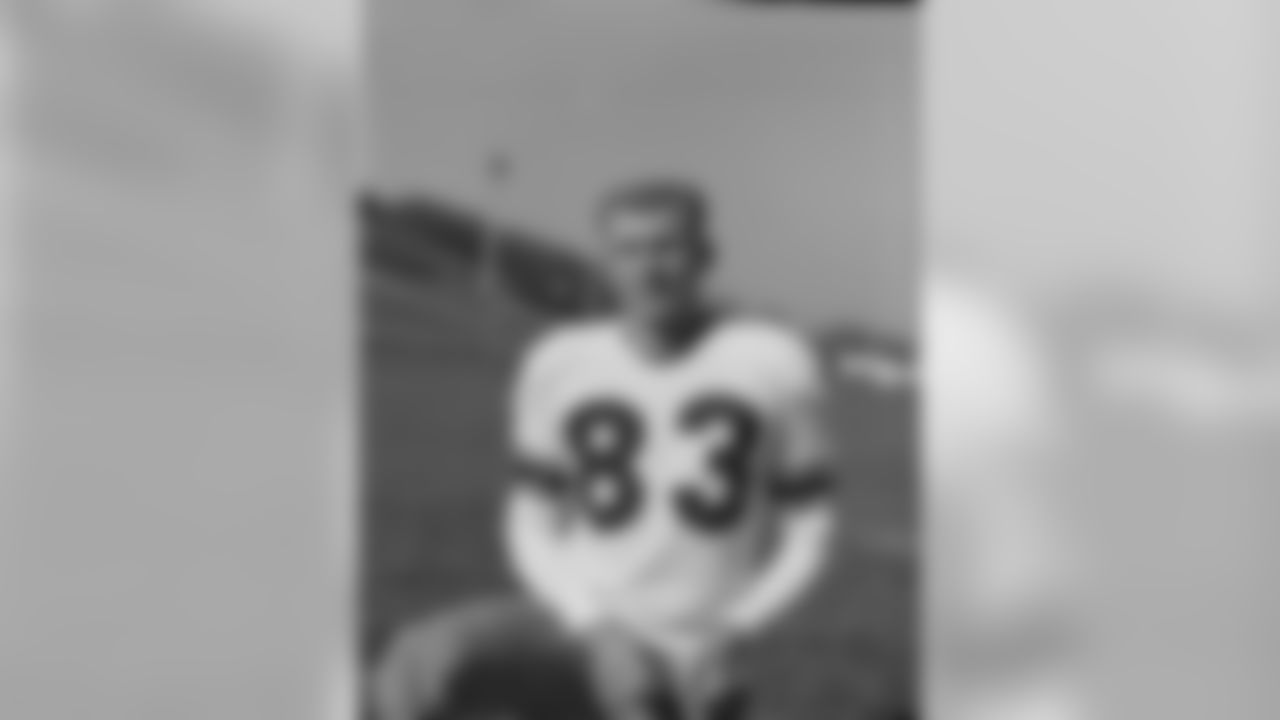
Buddy Dial (59)
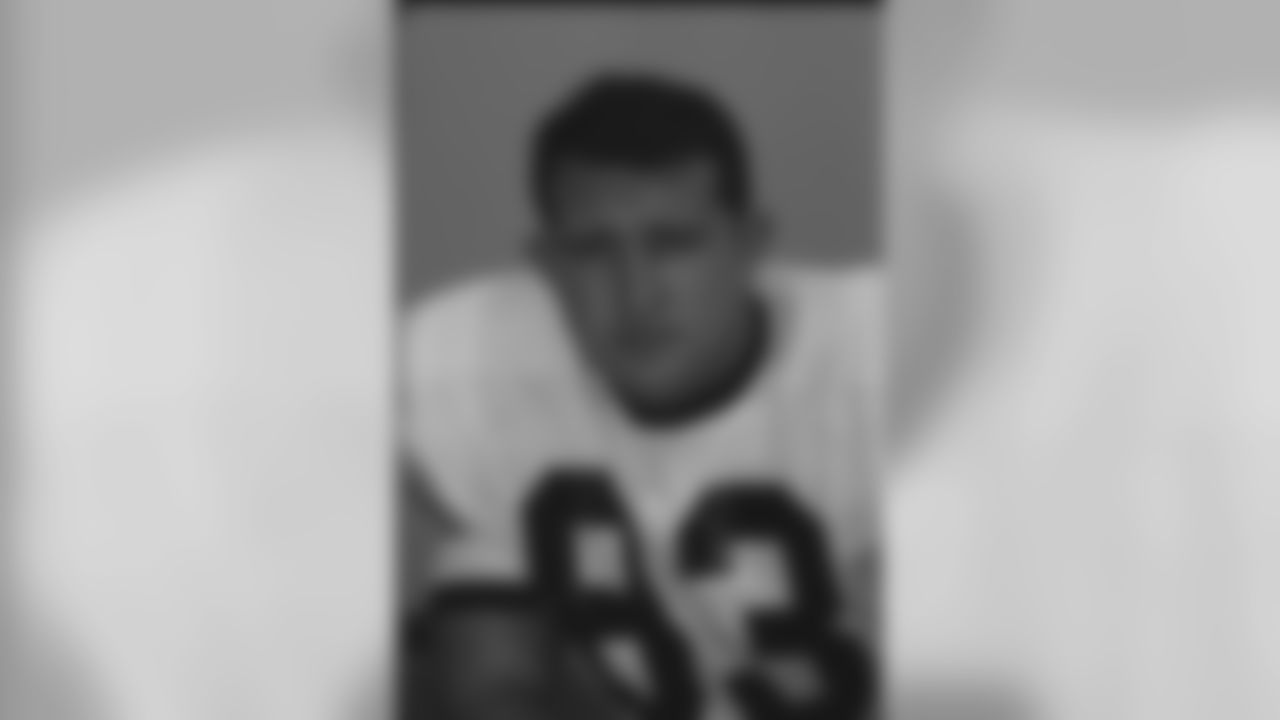
Mike Clark (64-67)
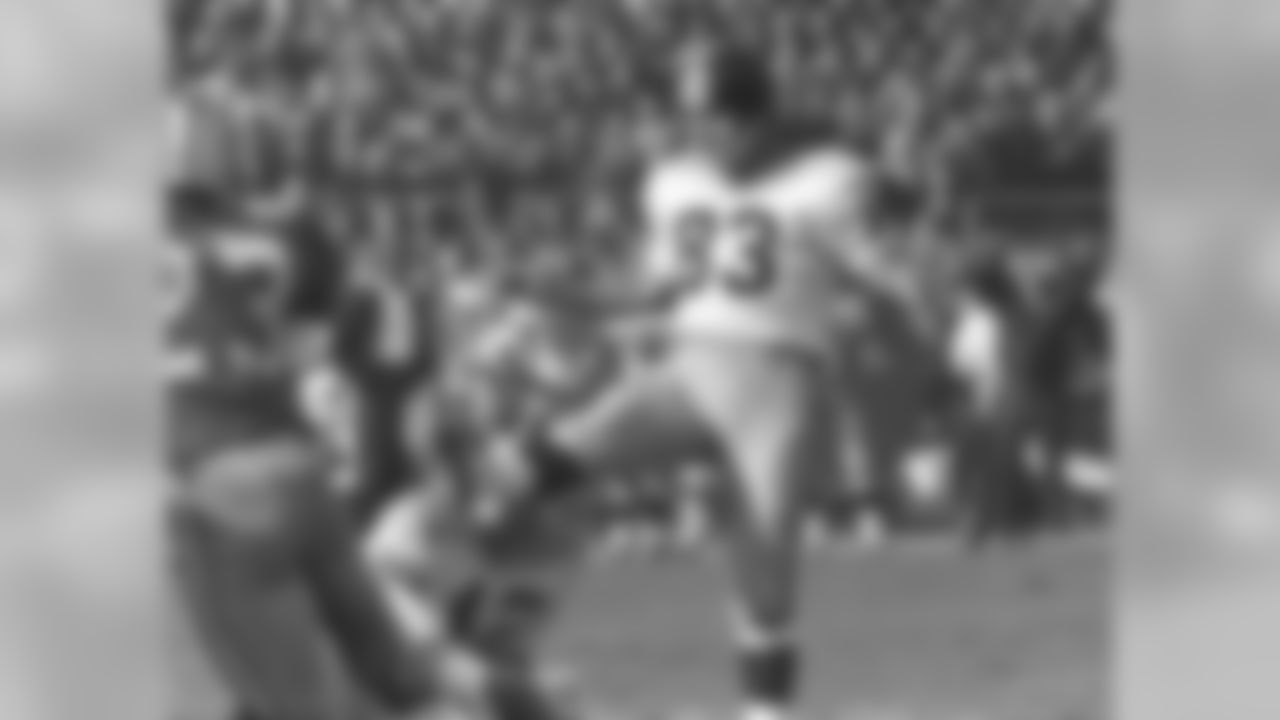
Mike Clark (64-67)
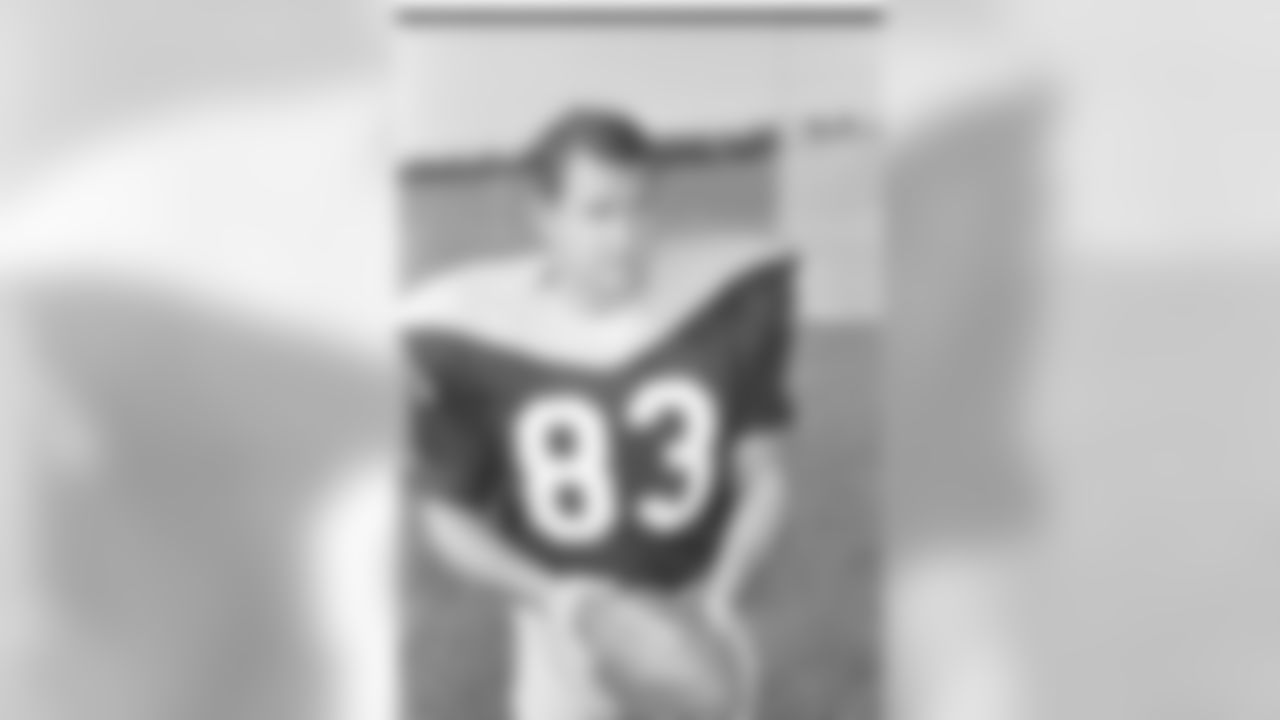
Mike Clark (64-67)
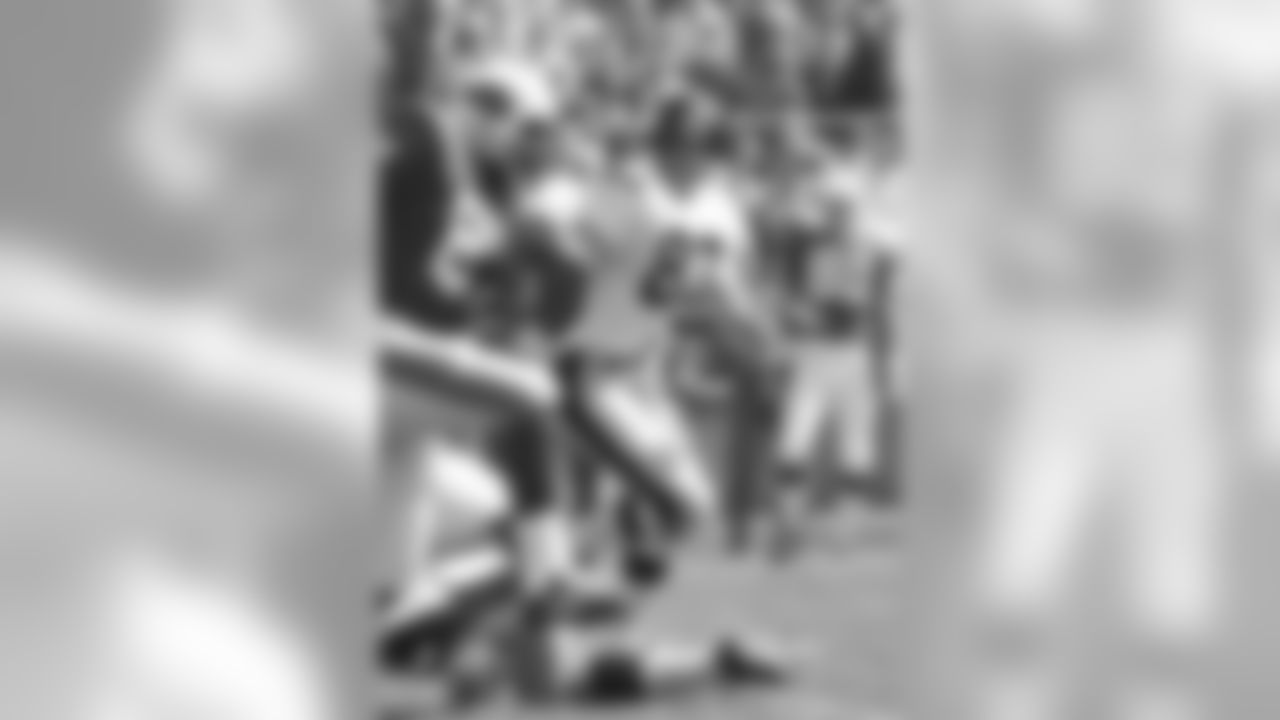
Don Alley (69)

Barry Pearson (72-73)

Barry Pearson (72-73)

Theo Bell (76-80)

Theo Bell (76-80)

Willie Sydnor (82)

Willie Sydnor (82)
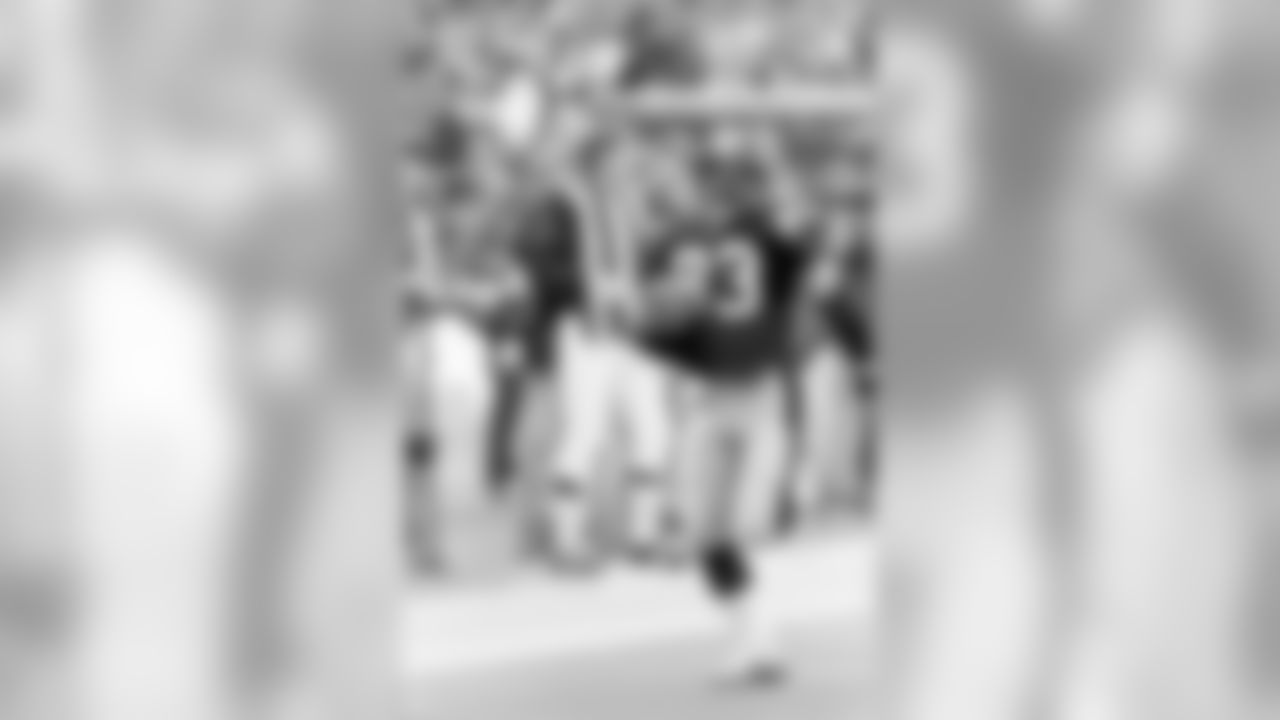
Louis Lipps (84-91)

Louis Lipps (84-91)

Mel Anderson (87)
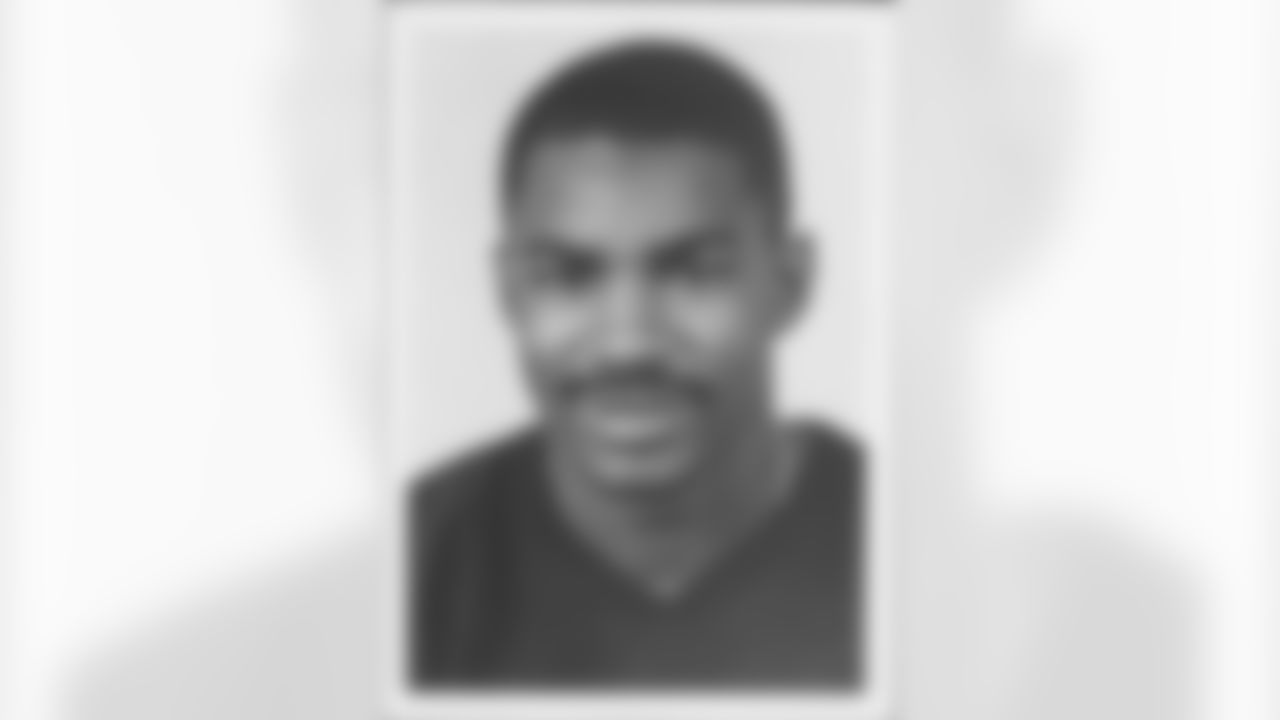
Mel Anderson (87)
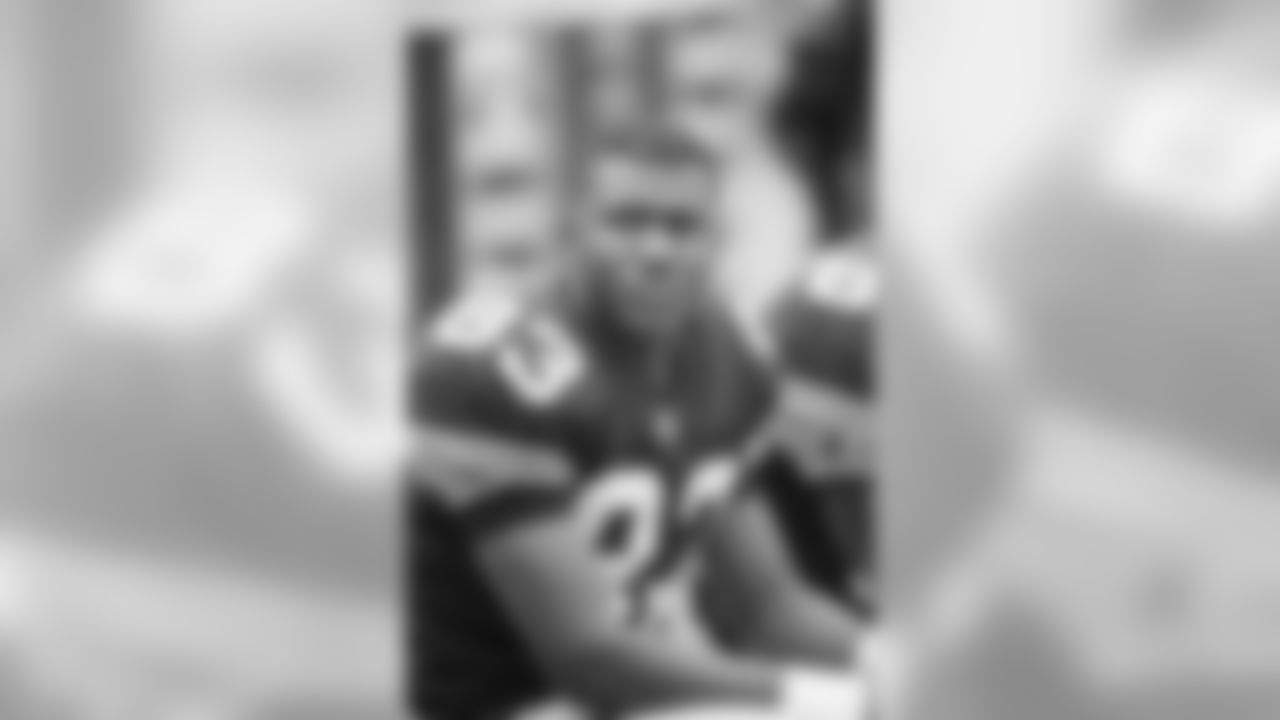
Corey Holiday (95-97)

Corey Holiday (95-97)
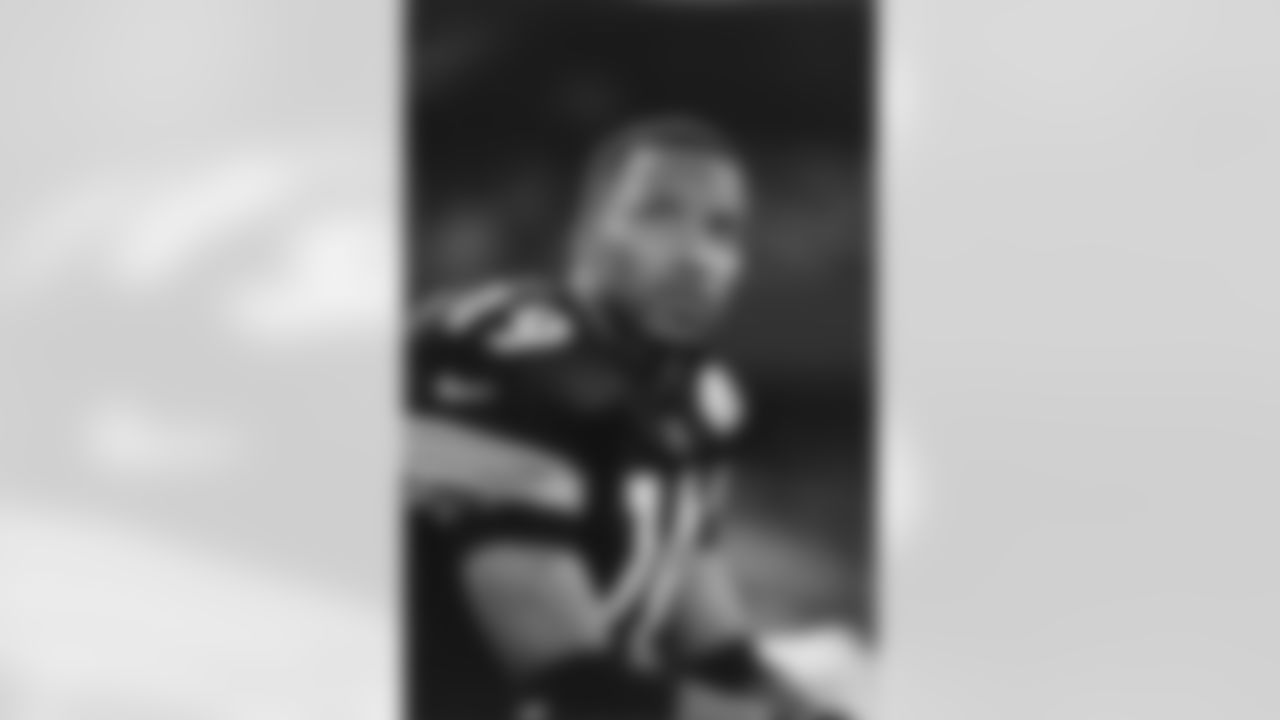
Andre Coleman (98)
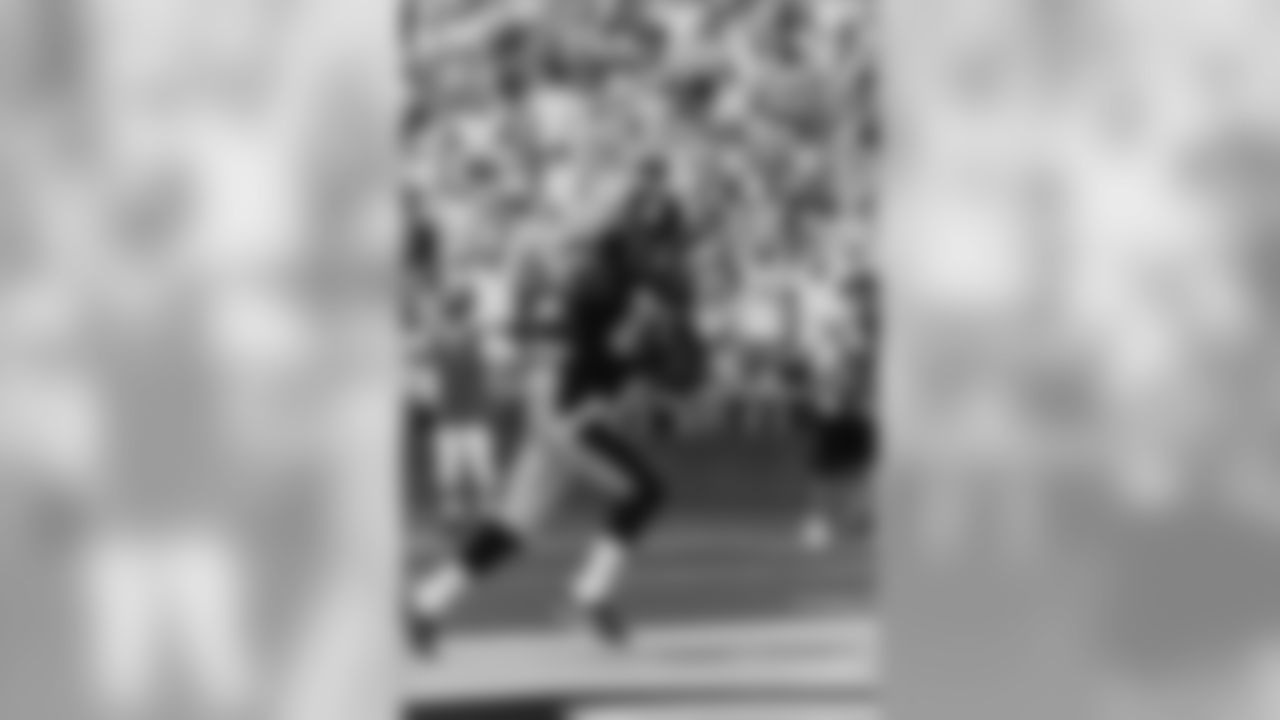
Andre Coleman (98)
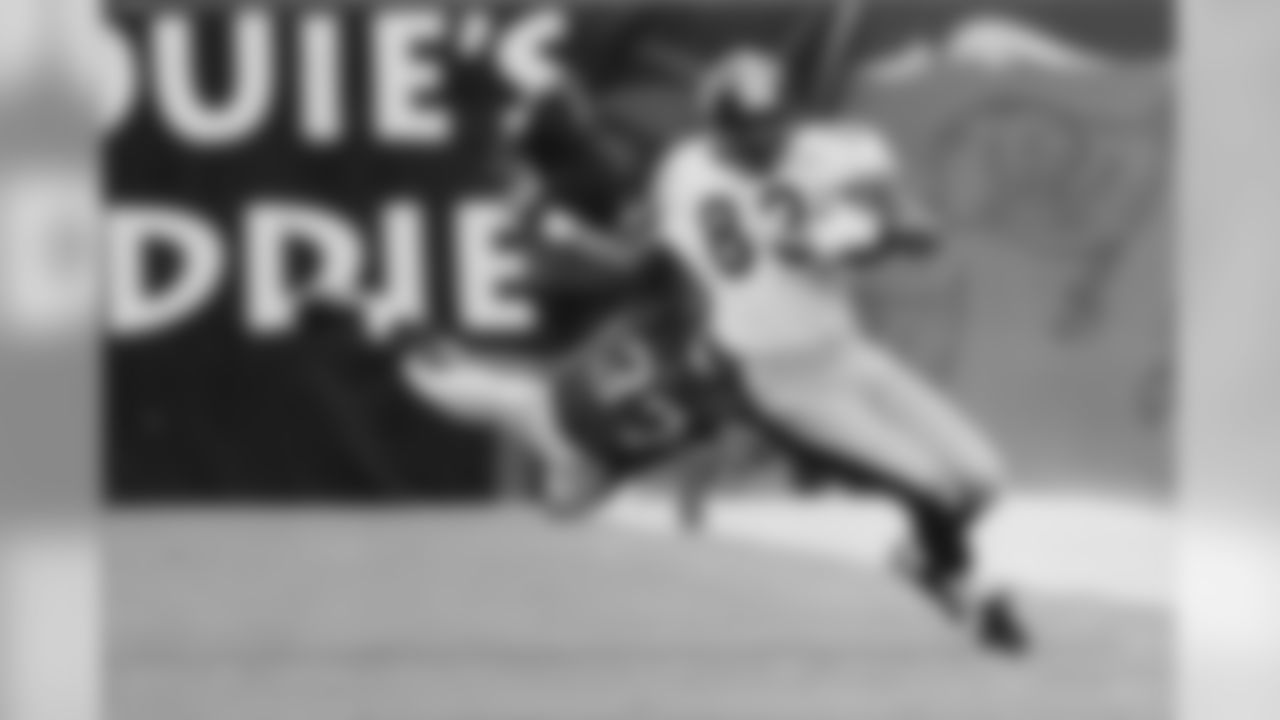
David Dunn (98)
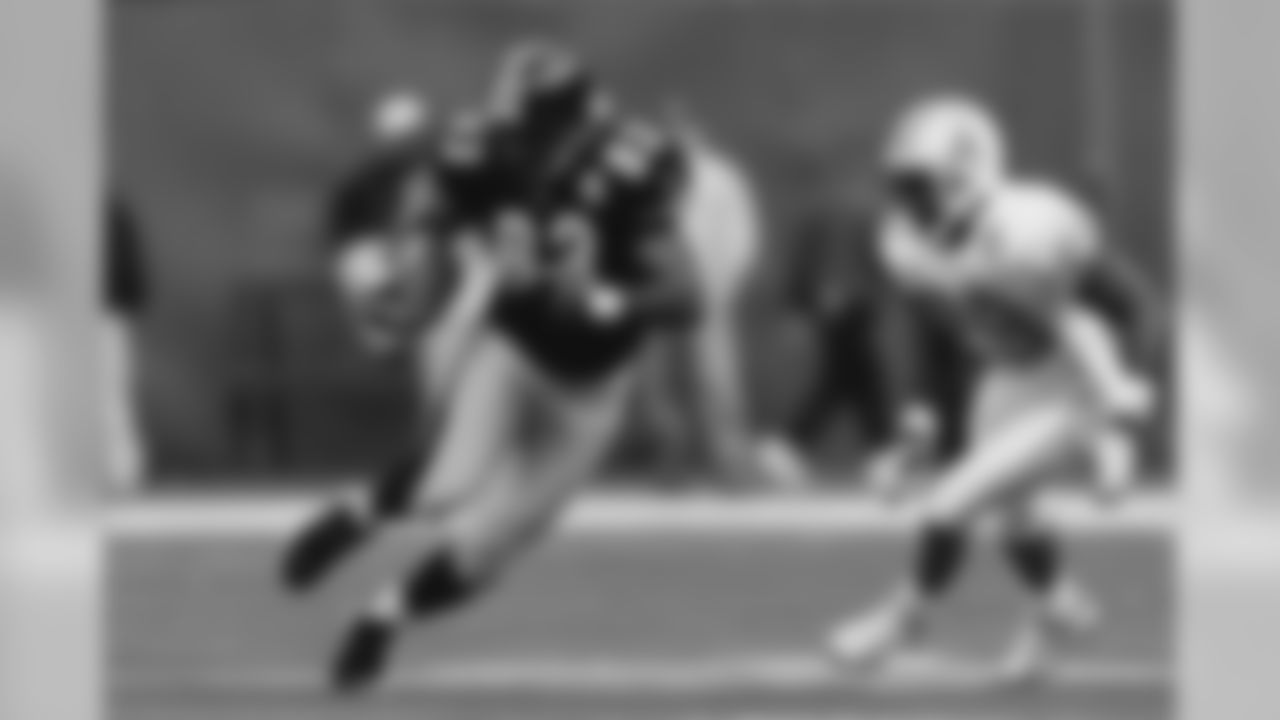
David Dunn (98)

Malcom Johnson (99-00)

Malcom Johnson (99-00)
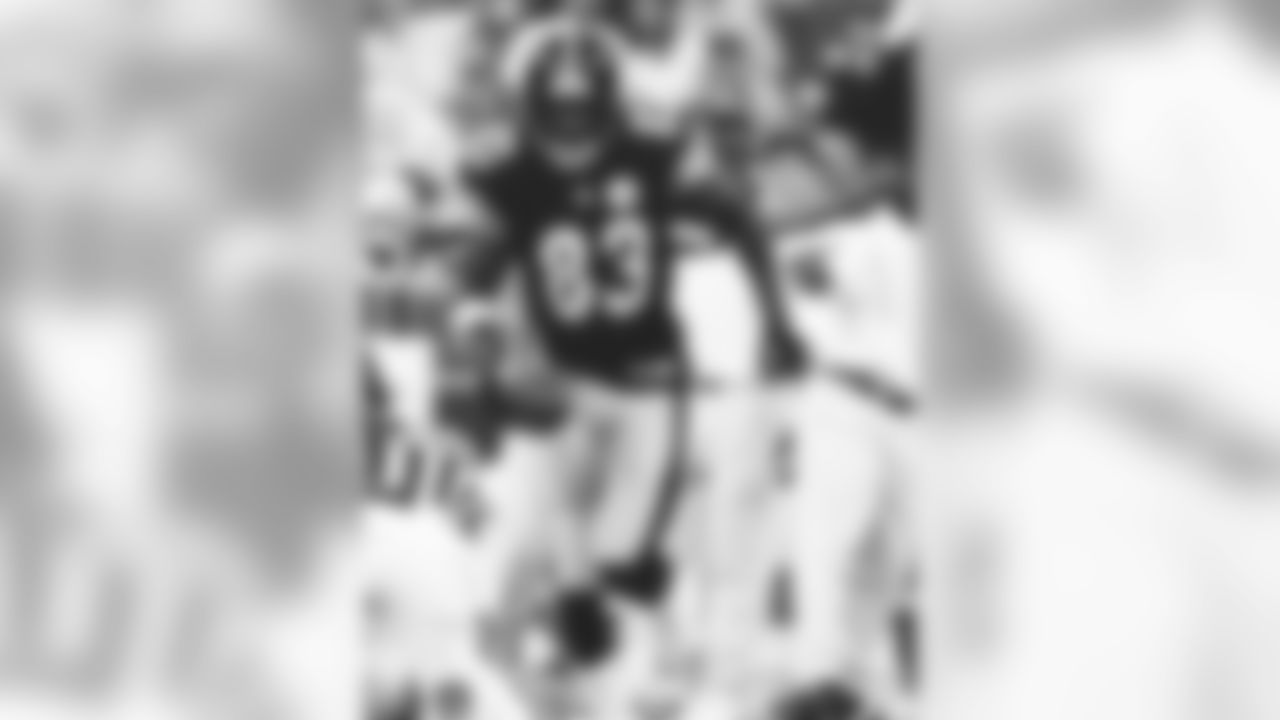
Kamil Loud (00)

Lenzie Jackson (01-02)
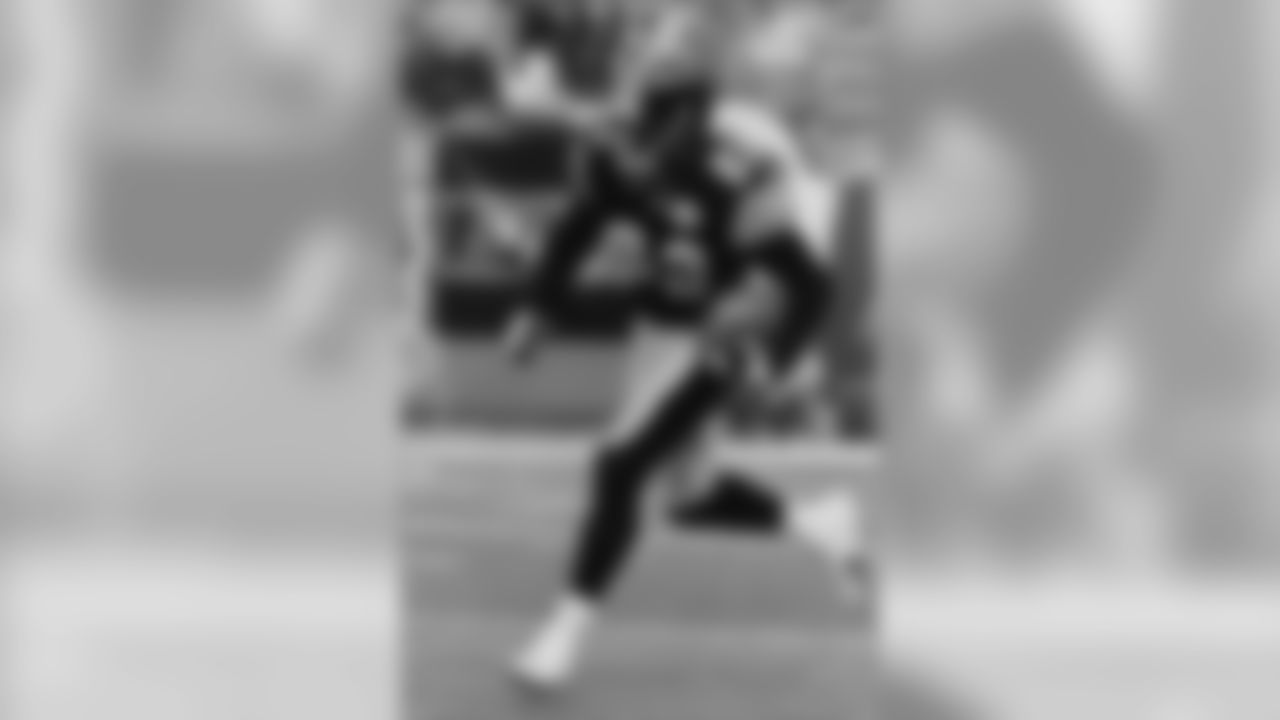
Lenzie Jackson (01-02)
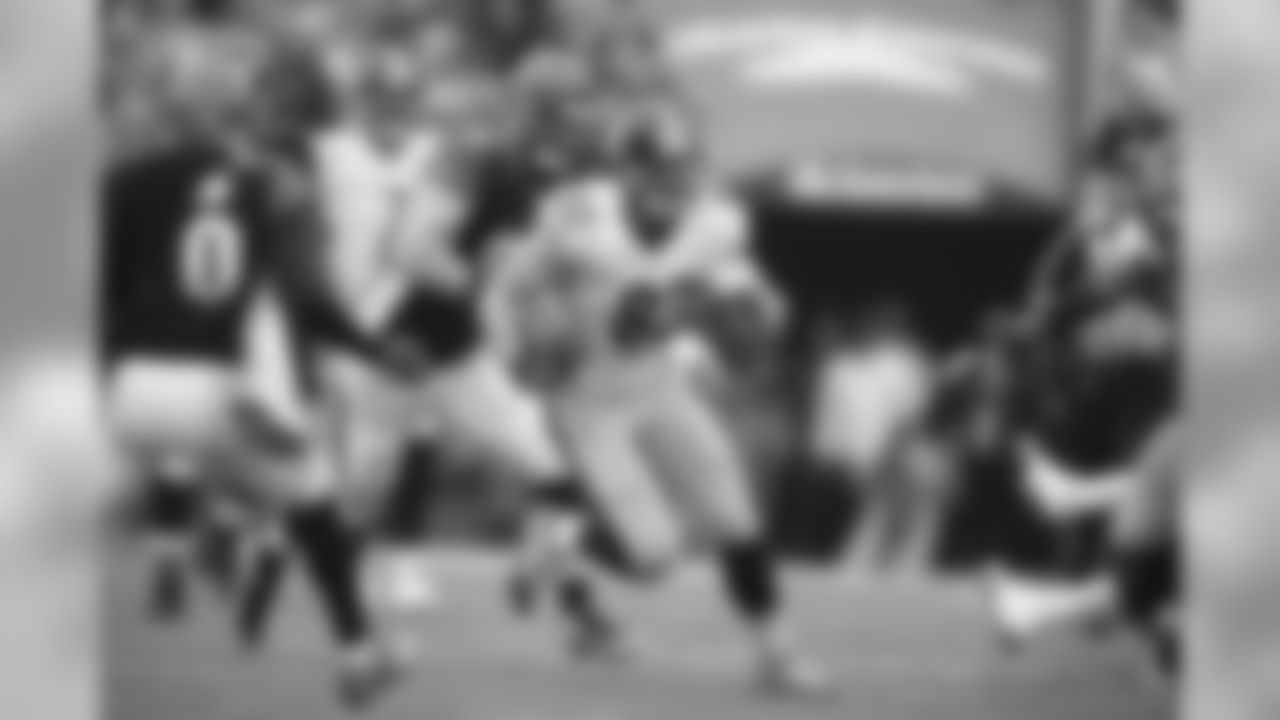
Health Miller (05-15)

Health Miller (05-15)
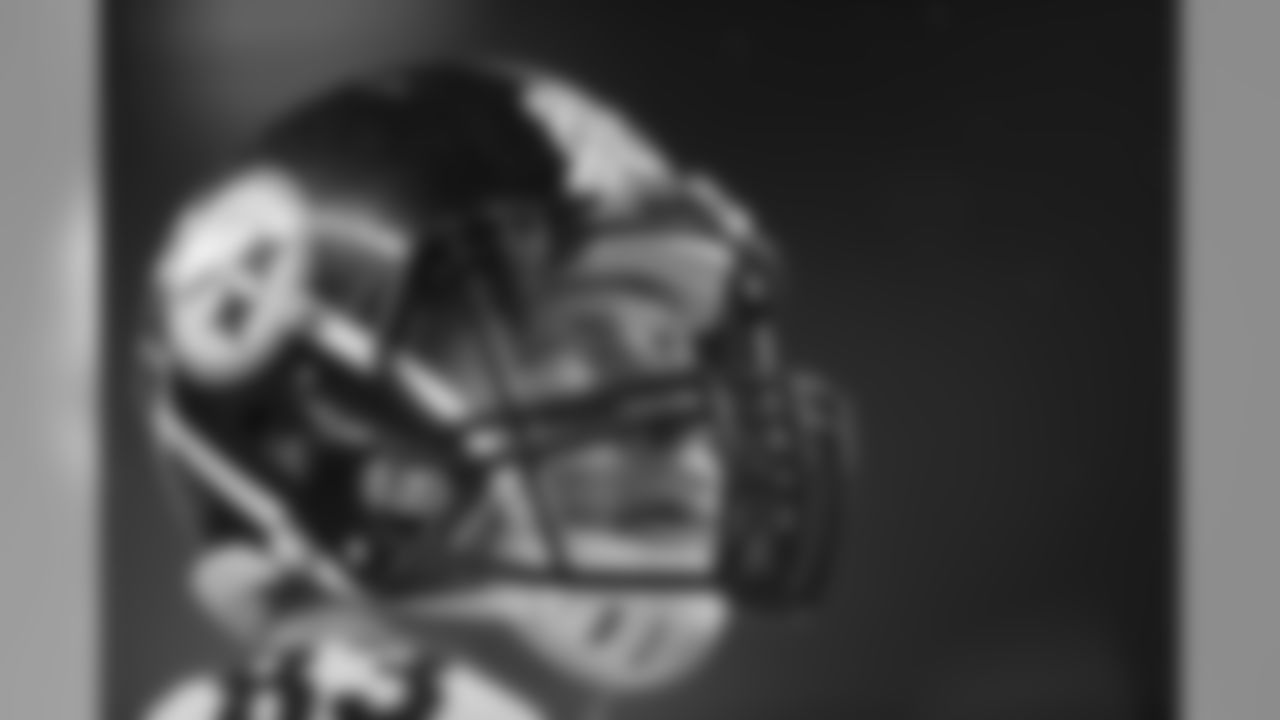
Health Miller (05-15)

Health Miller (05-15)
TIM OVERA FROM DRUMS, PA:
Whose jersey number would we likely see back in rotation first: Troy Polamalu's No. 43, or Heath Miller No. 83?
ANSWER: Heath Miller's No. 83, and the reason for that is because of the number of receivers and tight ends teams currently carry on their 53-man rosters these days, it's difficult to hold back those numbers in the 80s. The Steelers have three Hall of Fame players who wore jerseys with numbers in the 80s – Jack Butler (80), John Stallworth (82), and Lynn Swann (88) – and all of those have to be in circulation. Plaxico Burress wore No. 80 most recently; Michael Palmer wore No. 82 most recently; and Emmanuel Sanders wore No. 88 most recently. Since the Steelers have been issuing jerseys in the 80s that were worn by their Hall of Fame players, I believe we'll see No. 83 back in circulation relatively soon.
February 18
MICHAEL SIMON FROM CANONSBURG, PA:
Just a comment, or as you like to say, "let's get to it." I have been a Steelers fan since the losing days. I remember the hiring of The Emperor (Chuck Noll) and the drafting of The Franchise (Joe Greene). And during all this time, my two favorite – and in my mind the most knowledgeable Steelers media people – were Myron Cope and you. I enjoy your sarcasm that's directed at the multitude of uninformed people, and let me say it makes my day. Thanks for a great job.
ANSWER: Putting me in the same category as Myron Cope is humbling and a true honor. I mean that sincerely. Most fans remember Myron as a broadcaster and as the color analyst on the Steelers radio broadcasts who invented the Terrible Towel. But Myron Cope was one of the great freelance writers of his era. In 1963, he won the E.P. Dutton Prize for "Best Magazine Sportswriting in the Nation" for his portrayal of Muhammad Ali, then Cassius Clay. In 1987, on the occasion of the Hearst Corp.'s 100th anniversary, Cope was named as a noted literary achiever, a status also bestowed upon Mark Twain, Jack London, Frederick Remington, Walter Winchell and Sidney Sheldon. On the original full-time staff of Sports Illustrated, Myron was recognized by the magazine, on the occasion of its 50th anniversary, for his profile of Howard Cosell as one of its 50 all-time classic articles. Only Myron and George Plimpton ever held the title of special contributor at that magazine. I'm proud of my abilities as a writer, but I couldn't carry Myron Cope's typewriter.
February 16
CHRIS BARLETTA FROM COOPERSTOWN, NY:
What makes Antonio Brown stand out among all of the great NFL wide receivers? I'm not saying he doesn't drop passes, but he really seems to catch everything thrown his way.
ANSWER: I can make some attempt at an answer here with words, but the better option would be if you were able to attend even one practice during a Steelers training camp at Saint Vincent College. Those sessions are open to the public, and each typically lasts a little bit longer than two hours. After the day's official work is done, Antonio Brown always, always, always goes over to the Jugs machine for extra work. He typically stands no more than 10 yards away from the machine, and he has footballs fired at him over and over and over again. Brown does this every day, every day, and he does it until there is no one else left on the field doing any kind of post-practice extra work. To answer your question here, I would point out that Brown is an extremely talented individual who is willing to do the extra work. But those are just words. To really understand the meaning, you really need the visual of him doing it as well.
PETE FERRARI FROM PITTSBURGH, PA:
How does Joe Greene in his prime compare to J.J. Watt?
**
ANSWER: I will admit to a bias on this issue right up front, because in my mind Joe Greene was the most significant player in the history of the Pittsburgh Steelers franchise, and the Steelers franchise has won more games and more championships than any other during the Super Bowl era. And another thing on Greene's resume is that the Steelers franchise never had won anything until Greene was drafted in 1969, and he was the linchpin of the complete change of culture that was orchestrated by Chuck Noll. For all of Noll's greatness, I don't believe he ends up making the Steelers into what they became without a similarly great player/presence in the locker room. That player/presence was Joe Greene.**
But here's a specific anecdote I present to attest to Joe Greene's greatness: It was December 1972, and the 9-3 Steelers were on their way to Houston for a game against the 1-11 Oilers. Sounds like a simple afternoon, but here are some other circumstances:
L.C. Greenwood and Sam Davis were out. Jon Kolb and Gerry Mullins had the flu; while Kolb played, Mullins only made it into the third quarter. Bruce Van Dyke pulled a calf muscle in the first quarter and was done for the day; Jim Clack injured an ankle and was done for the day. All six of those aforementioned players were starters. Craig Hanneman, Greenwood's backup, aggravated a knee injury and was done for the day; Dwight White injured a knee; Steve Furness injured an ankle. Ron Shanklin was injured in the first quarter and was done for the day; Terry Bradshaw dislocated a finger in the second quarter and was done for the day; and tight end Larry Brown, who would grow into an offensive tackle, was that day playing flanker.
The Steelers needed a hero, and Joe Greene stepped up. He had five sacks and blocked a short field goal attempt by the Oilers; he recovered one fumble and forced another, and those takeaways led to two Roy Gerela field goals. The Steelers won, 9-3, and Greene was responsible for nine of the points himself – six the Steelers scored and the three the Oilers did not.
If the Steelers lose that game to the Oilers – and in every previous year of their existence, the Steelers always lost those kinds of games, because in December 1972 the team had yet to win the first division title in franchise history – they finish the season at 10-4, tied with Cleveland for the best record in the AFC Central Division. But based on a better division record, the Browns would have finished first and the Steelers second in the division, which then would have sent Oakland to Cleveland, and Pittsburgh to Miami for the first round of the 1972 AFC Playoffs. No Immaculate Reception. Then who knows? I'm sure knowledgeable people can make a case for Watt, but I'm picking Joe Greene every time, and I'm very happy with that pick.













